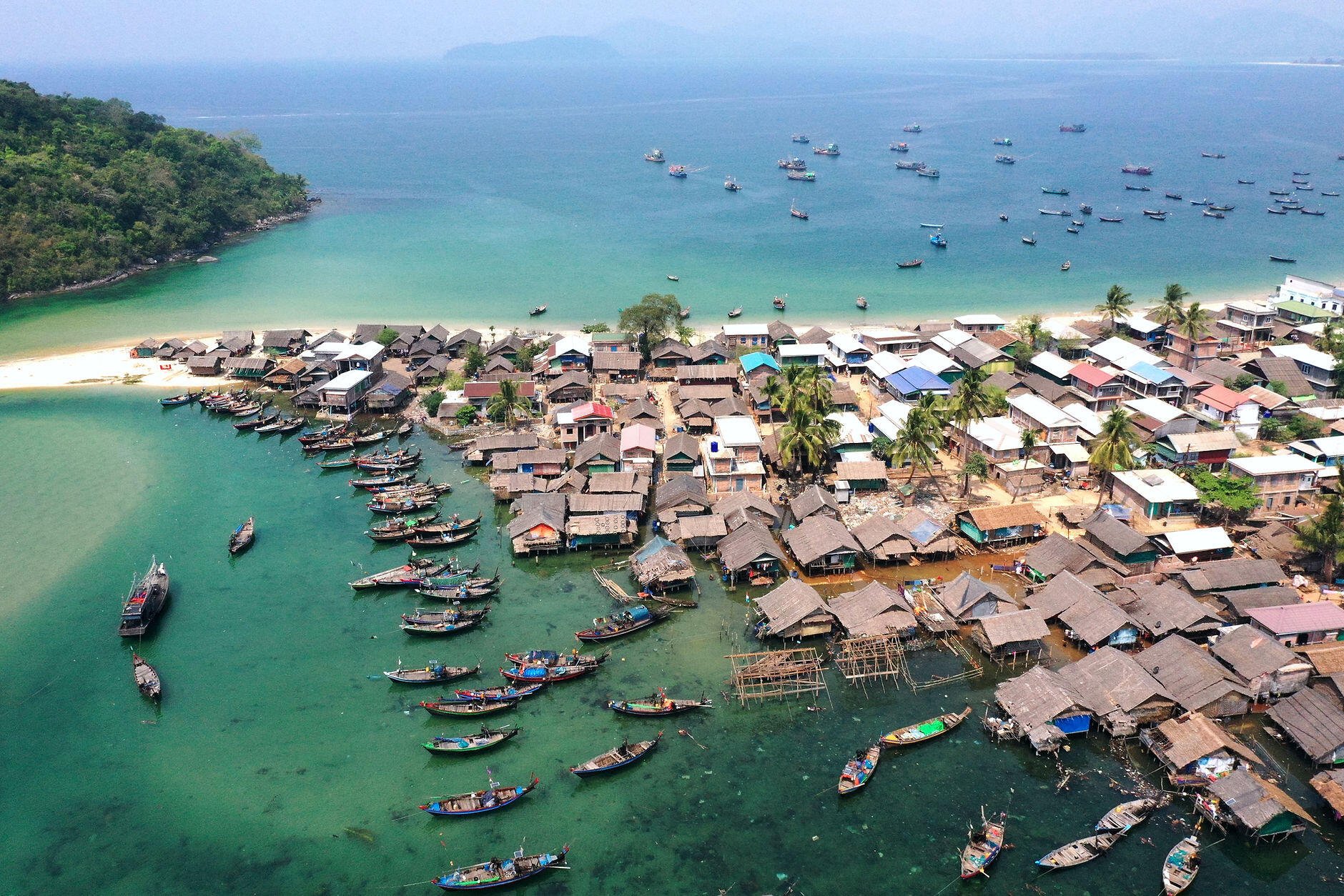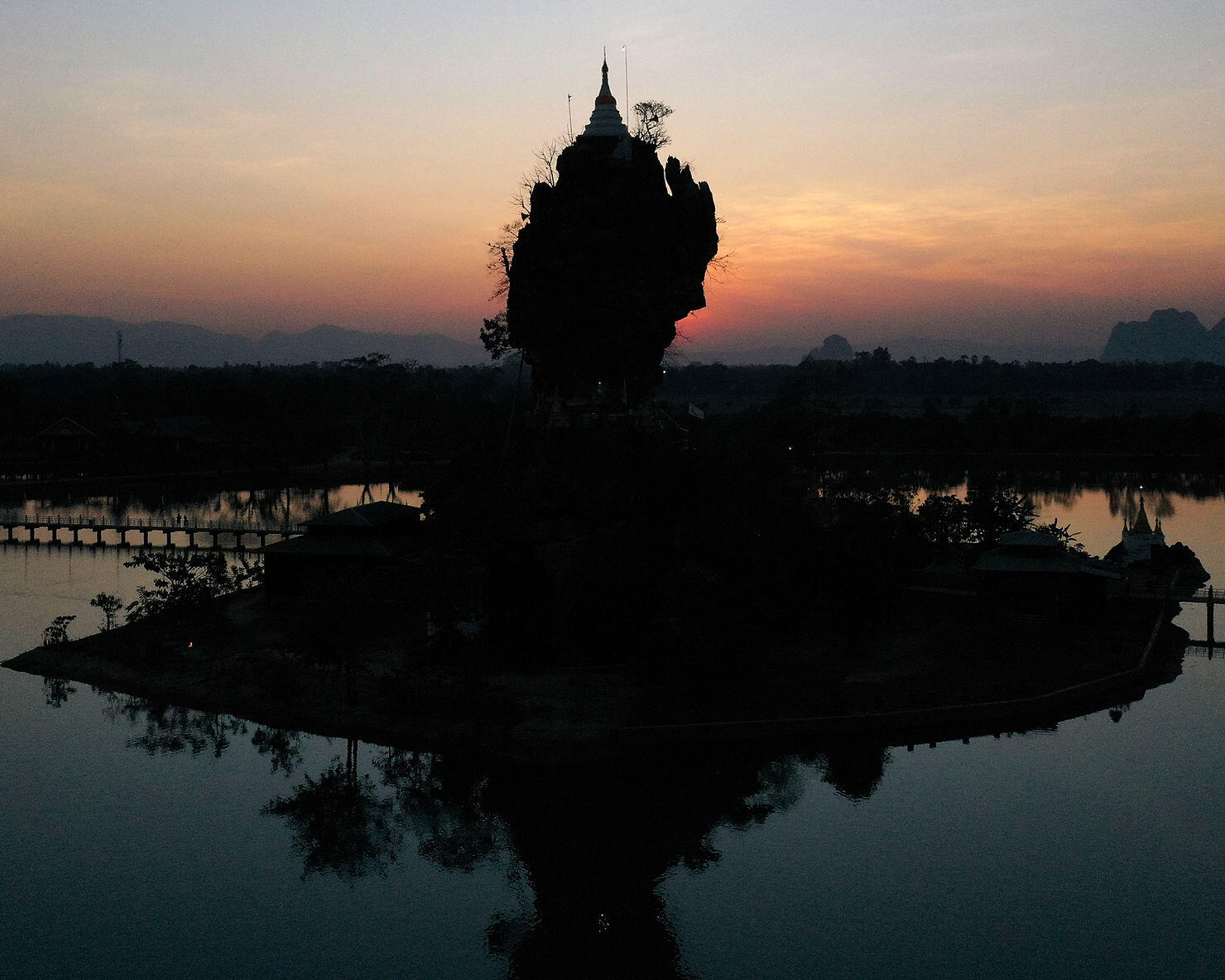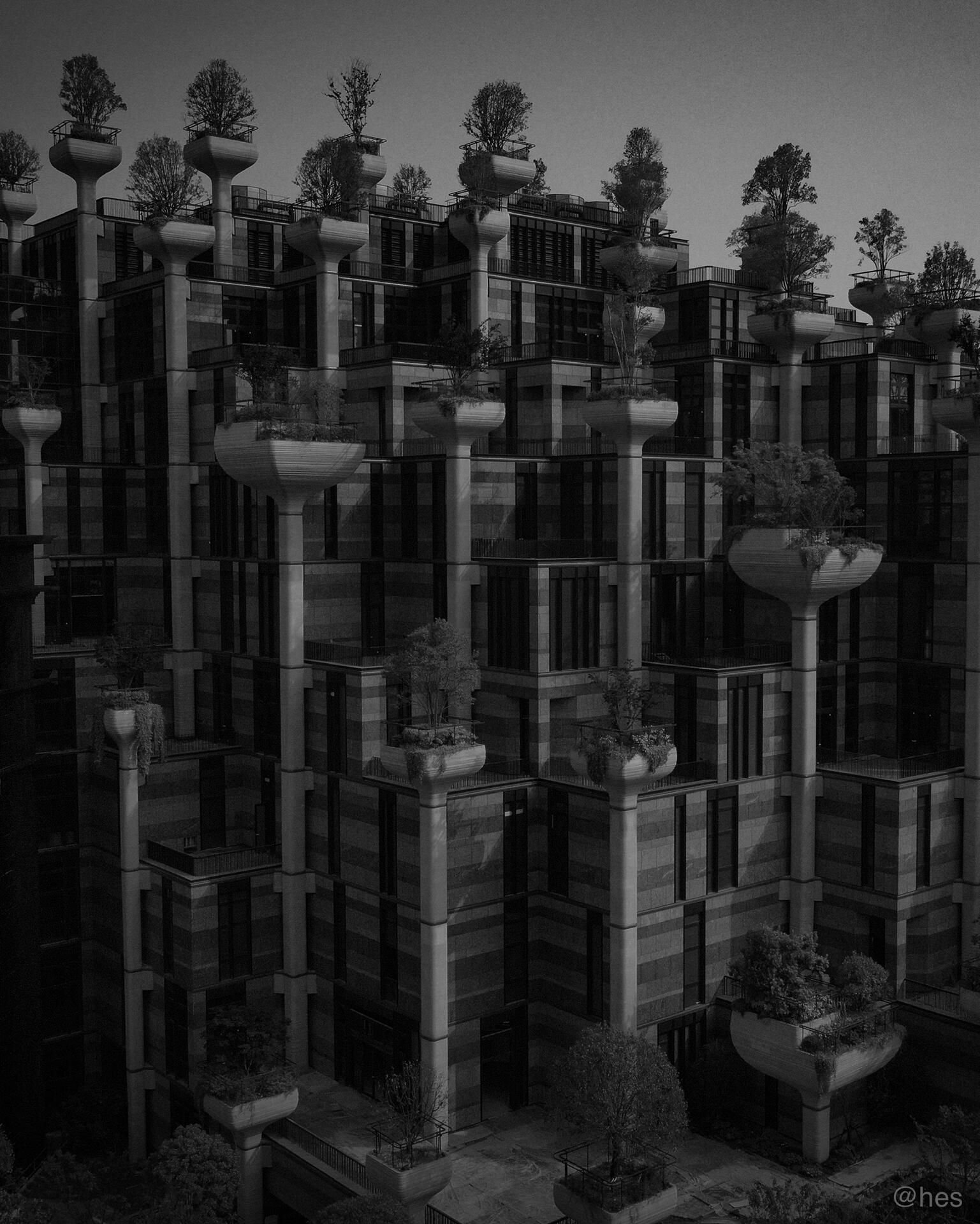The Top 3 Hidden Beaches of Myanmar: A Guide to Tizit, Grandfather, and Mergui
When you think of Myanmar, beautiful beaches and crystal-clear waters likely aren’t the first things that come to mind.
Think again. Southern Myanmar is home to some of the most stunning and untouched beaches in Southeast Asia. These pristine shores rival those of Thailand, the Maldives, and even Hawaii, yet remain largely hidden due to limited infrastructure and minimal tourism.
I spent countless hours getting lost, asking for directions, and exploring remote villages, so you won’t have to. With unreliable Google Maps and few signs of modern development, navigating this region requires patience and curiosity. Get ready to discover Myanmar’s best-kept coastal treasures—and why you might want to skip Thailand in favor of a more off-the-beaten-path adventure.
Here’s a look at my top three hidden beaches in southern Myanmar.
3: Tizit Beach - A Sanctuary Shrouded by Mountains
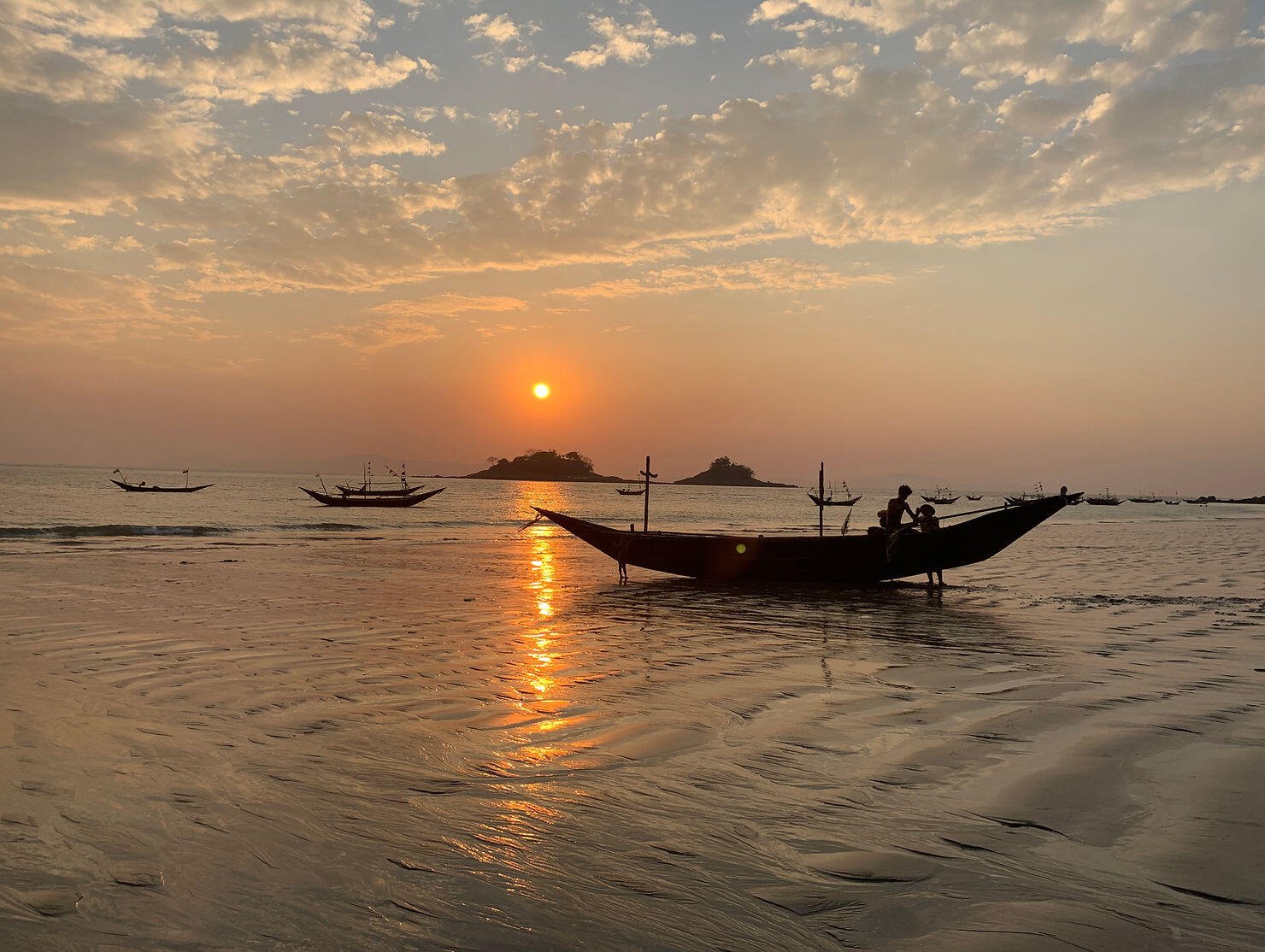
Tizit Beach is situated about one hour south of Dawei city. Getting there is no easy feat and is not recommended for the faint of heart.
The roads are rough, unlit, and sandy, making them a challenge to navigate. Only attempt the trip if you’re confident on a motorbike, and be sure to double-check that your bike is in good working condition, especially with functional brakes. As a reward for your efforts, you’ll find very few—if any—tourists at Tizit Beach. The only people you’re likely to encounter are local children and fishermen along the shore.
To reach Tizit Beach, you’ll need to rent a motorbike and traverse a steep mountain pass. The journey takes roughly an hour each way, but the seclusion and untouched beauty are well worth the effort.
Map to Tizit Beach:

Directions:
Start by crossing the water west of Dawei and heading left, heading south towards Nyinmaw. As you travel down the peninsula from Dawei, there is essentially one main road to follow. Stay on this road for about 30 minutes, keeping an eye out on the right side for a small sign marking Tizit Beach.
You might miss the sign on your first pass, as I did, so pay attention to your GPS. If you’ve passed Nyinmaw, you’ve gone too far. Once you spot the Tizit Beach sign, you’ll notice a school playground and a road leading toward the mountains. Take the right turn here and continue over the mountain pass for about 20 minutes:
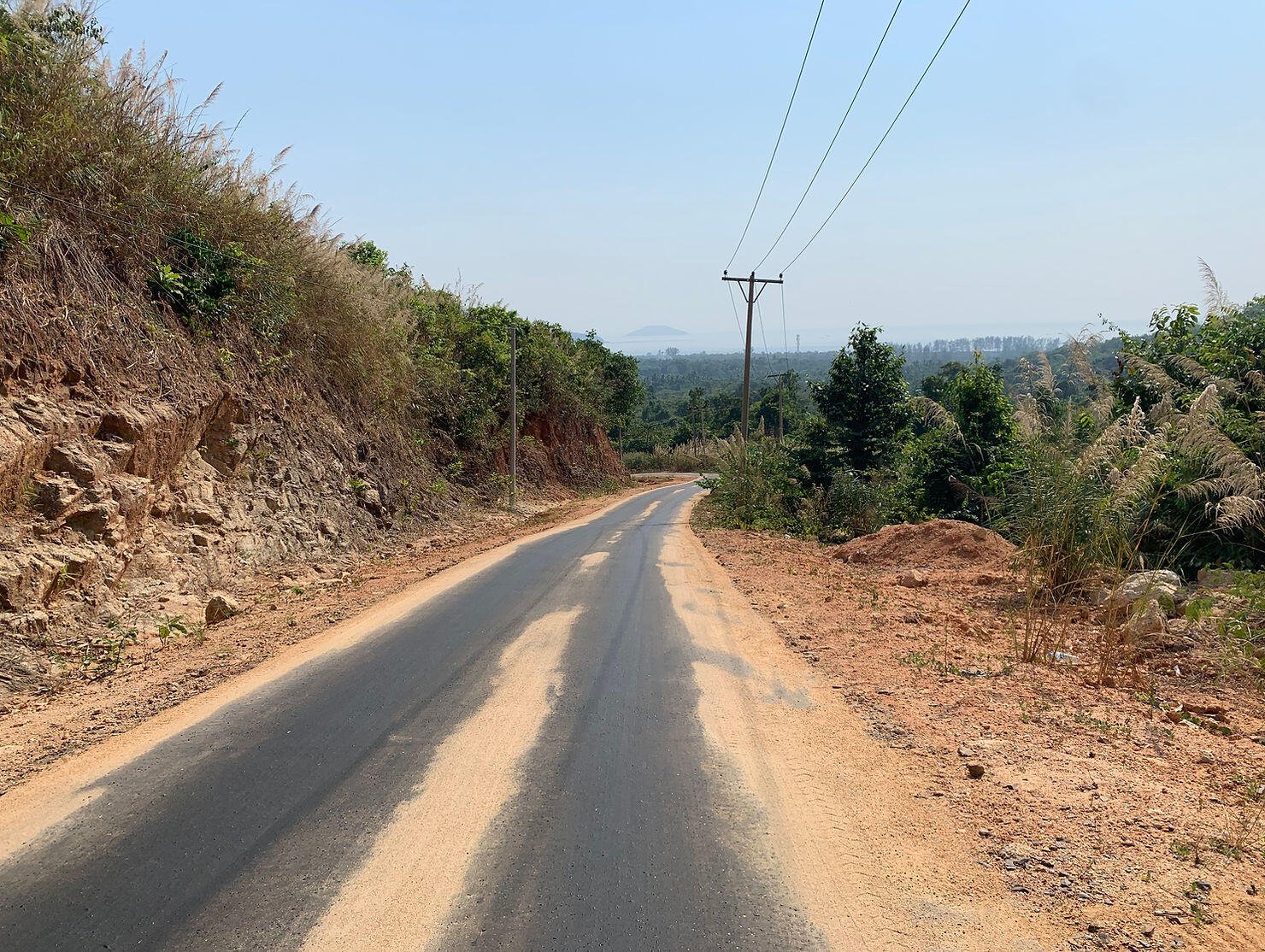
At the bottom of the mountain pass, you’ll reach a fork in the road with unclear signs. If you go left, you’ll end up in a small cemetery, which is a dead-end. The left fork looks like this:

Instead, take the right fork, which will lead you through a small residential area to the waterfront. Keep in mind that many of the beaches in this region experience significant flooding in the morning, so arriving after 3:00 PM is probably your best bet.
As you arrive, you’ll be greeted by panoramic views of lush mountains, a vast delta plain, and crystal-clear blue waters:
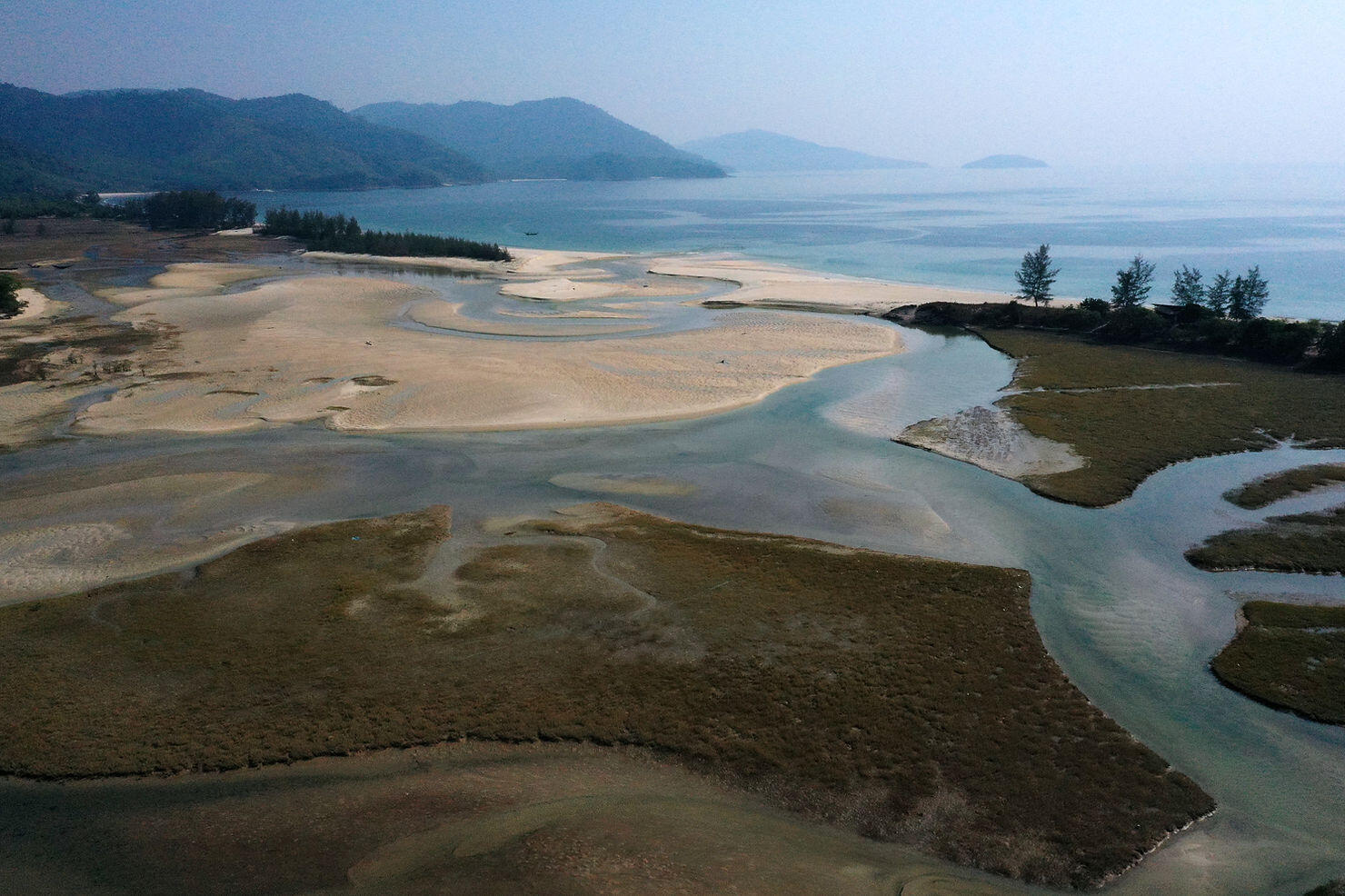
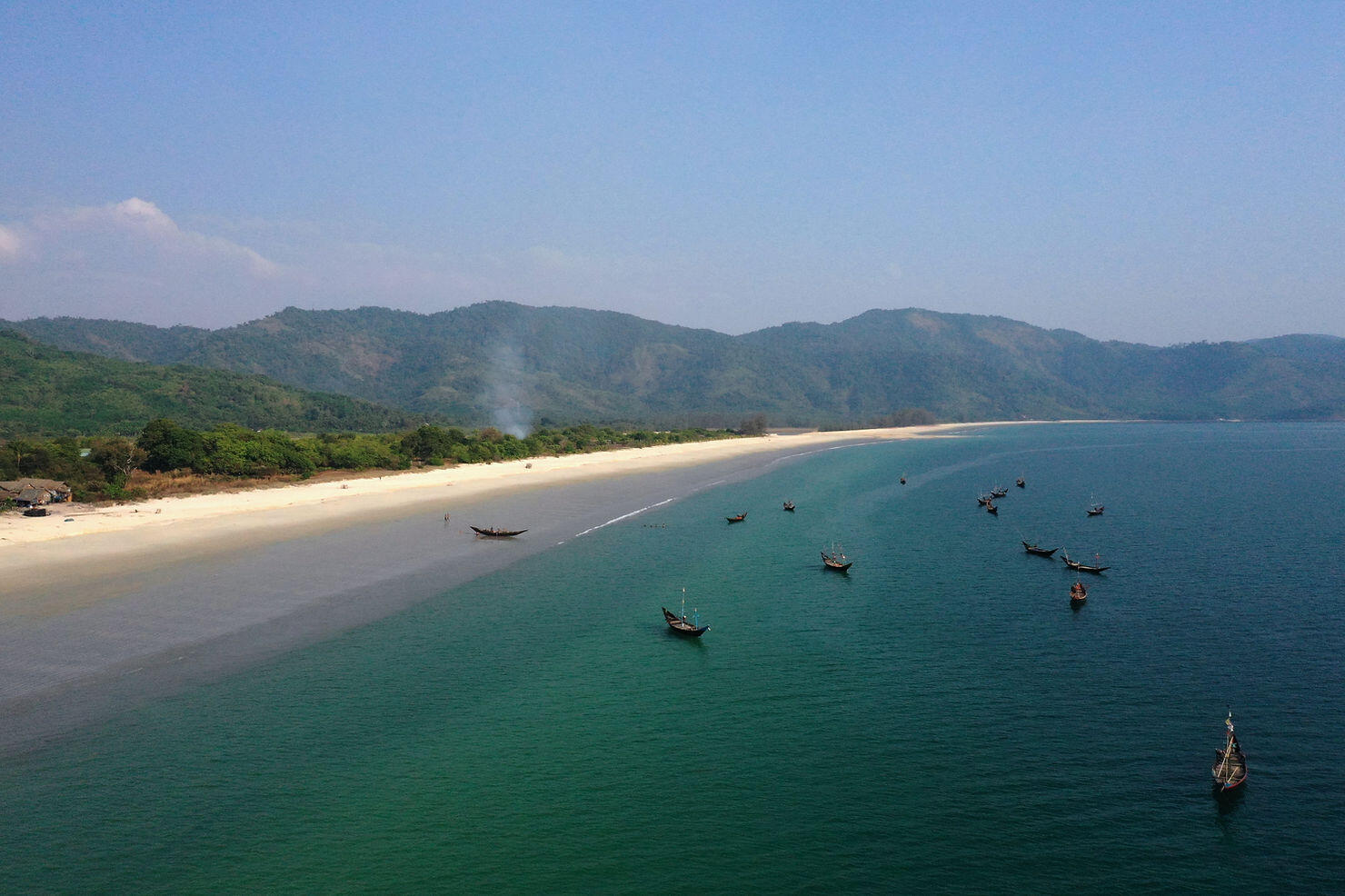
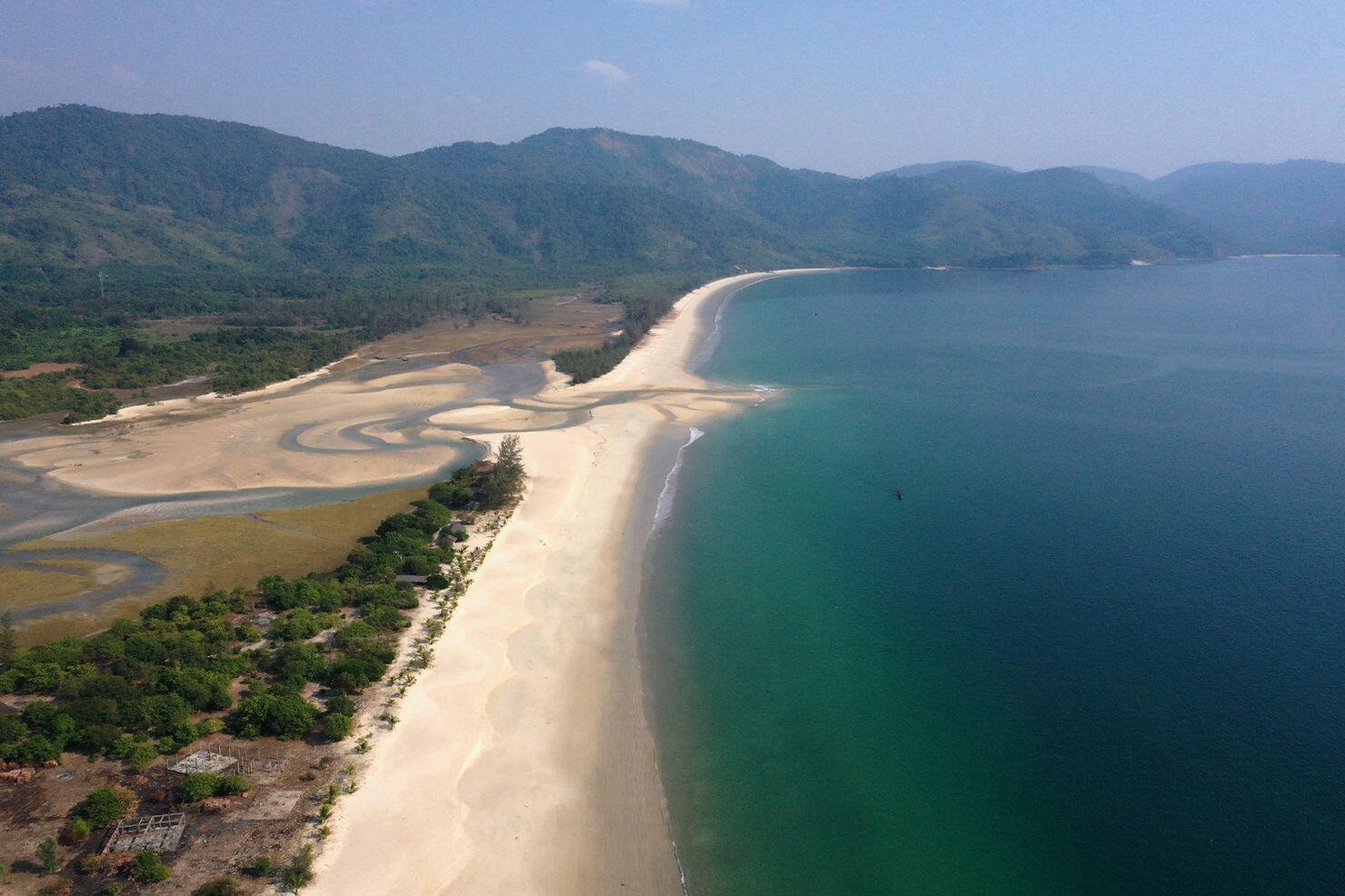
The sand at Tizit Beach is a rich brownish-orange hue, often turning into deep red around sunset. It’s soft, clean, and much wider than other beaches in the area, giving you more room to set up camp away from the tide. The water is warm enough for swimming, with no strong currents, making it suitable for experienced swimmers. Please note, however, that there are no lifeguards, so swim at your own risk.
A few wooden fishing vessels are docked off the coast, and the locals are incredibly friendly:
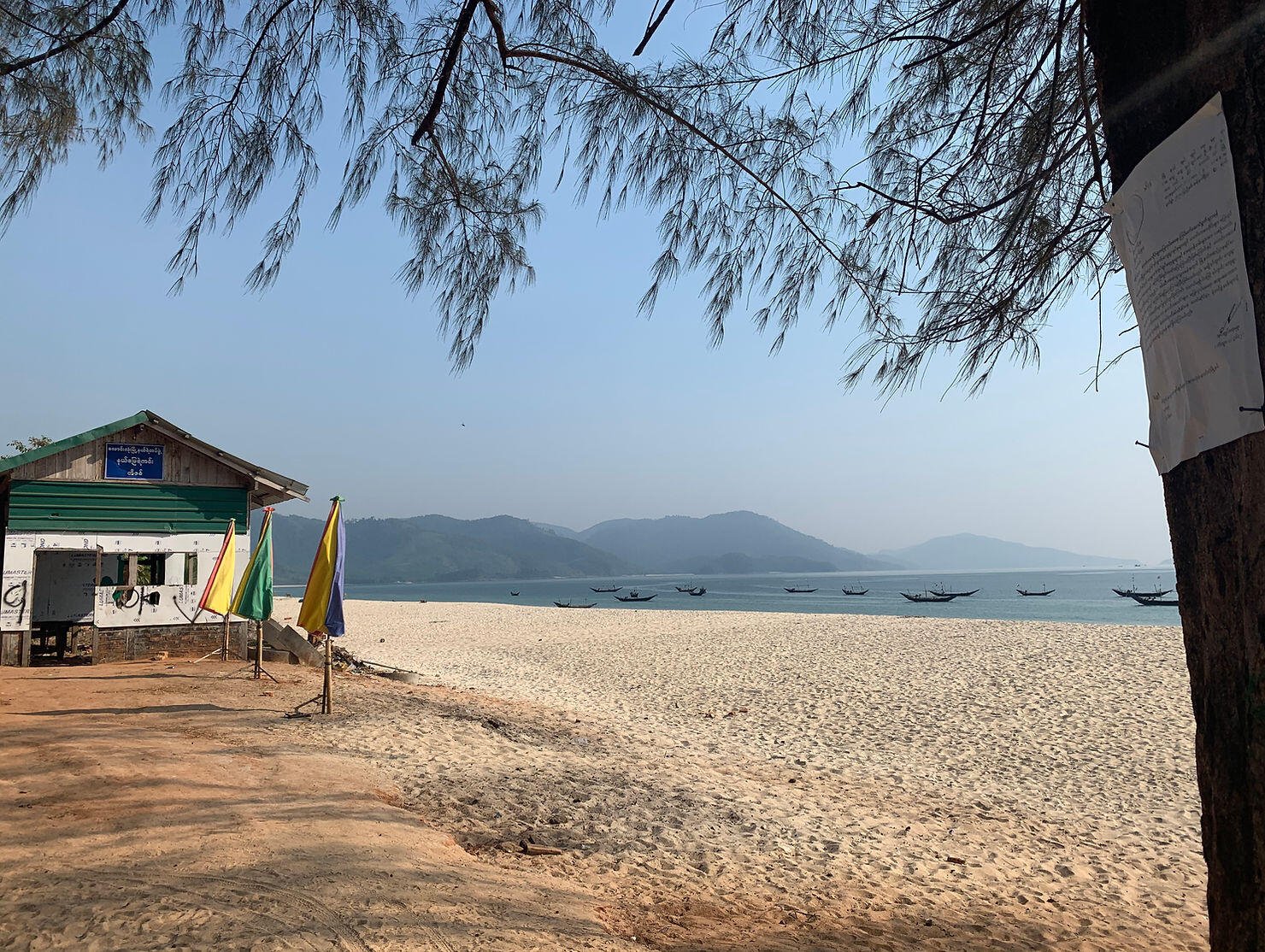
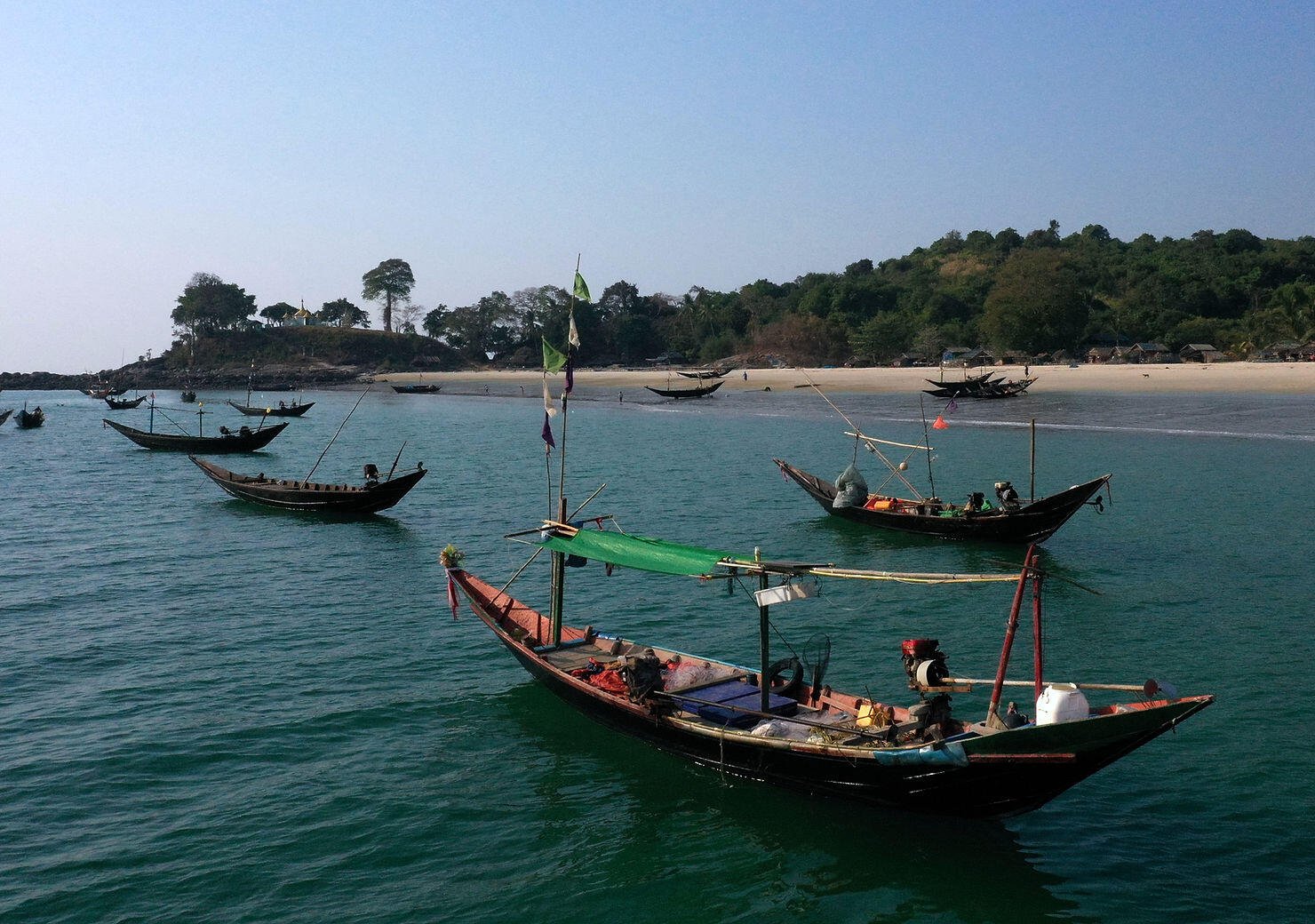
One of the highlights of Tizit Beach is the sunset cruise along the water. The sand hardens near the shore, allowing you to ride a motorcycle along the beach. It was one of my best memories from the 30 days I spent in Myanmar.
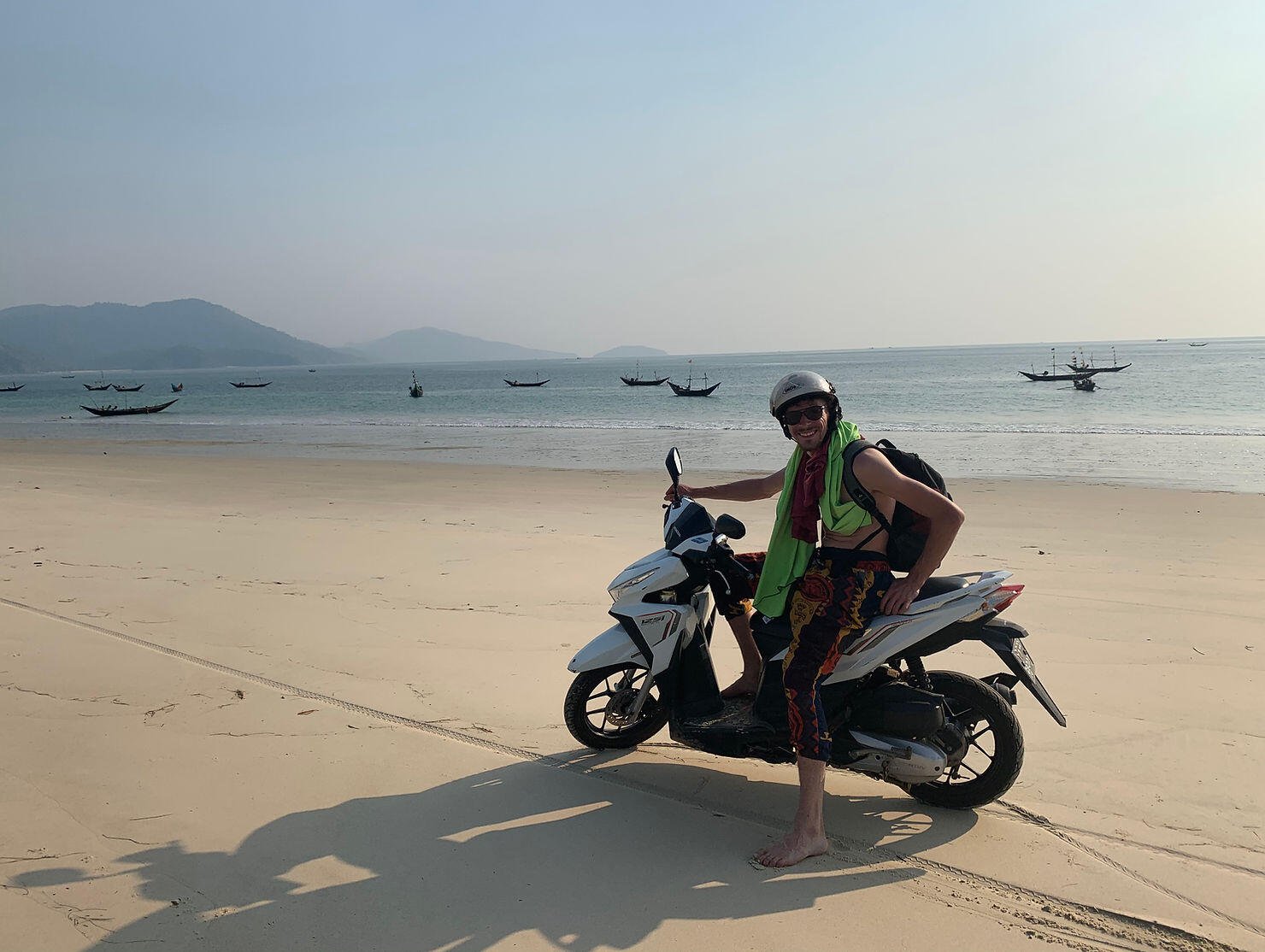
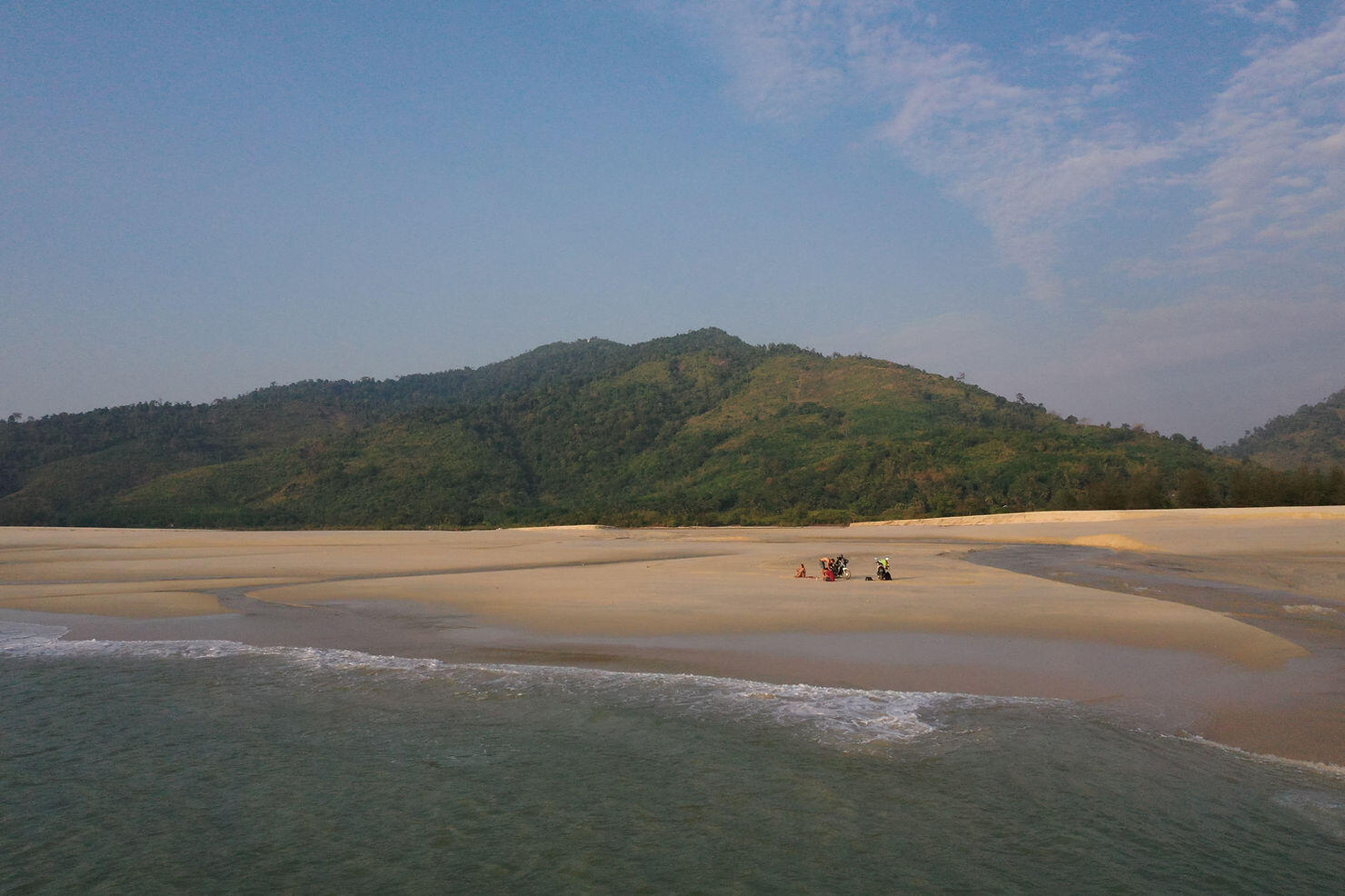
Sunsets at Tizit are truly epic, casting everything in red. However, don’t linger too long, as the mountain pass isn’t lit, and riding back in the dark can be quite sketchy. If you plan to stay for sunset, make sure your motorcycle lights are working and be prepared to leave immediately after the sun sets.

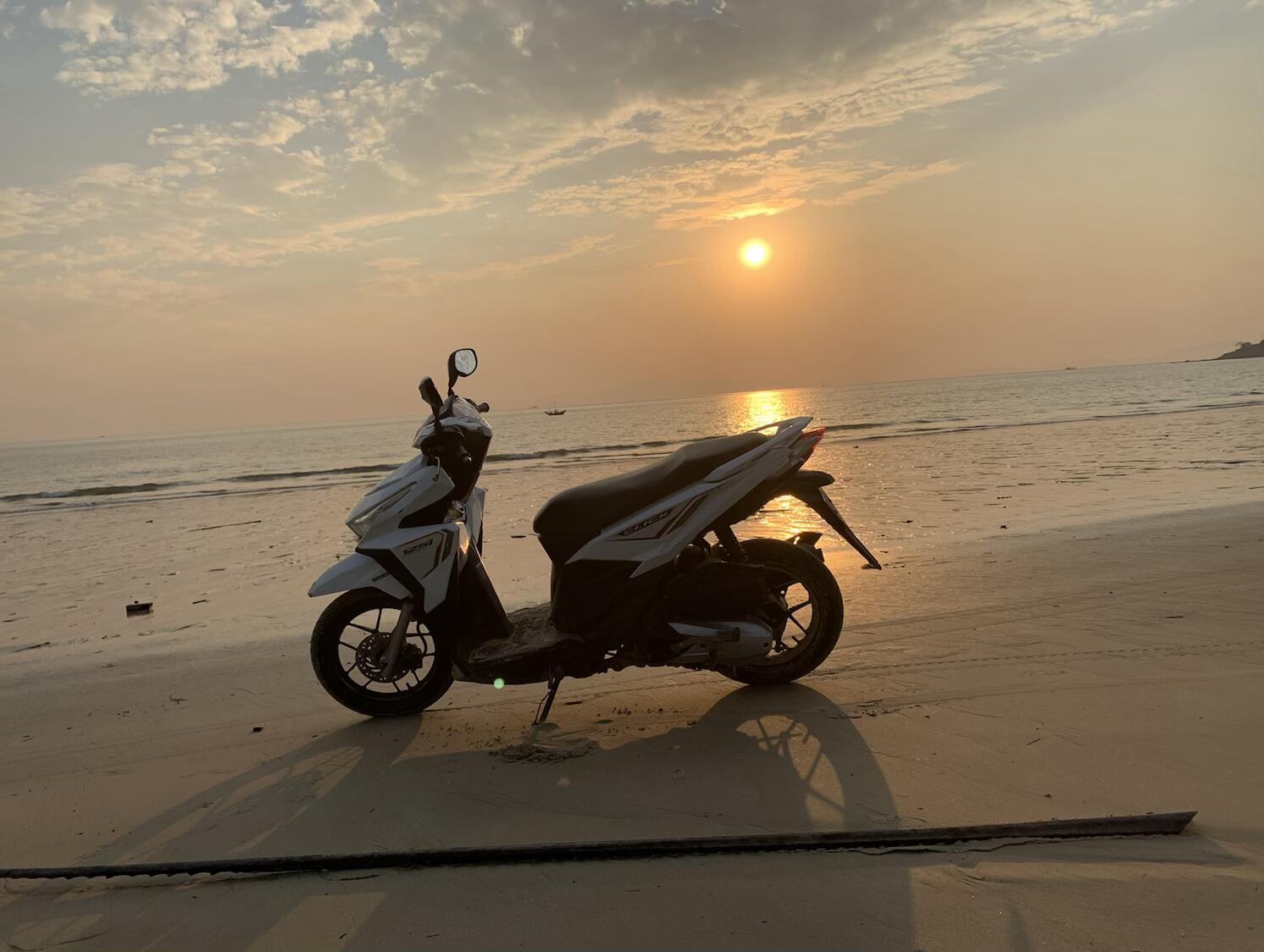
2: Grandfather Beach - Popular, but Plentiful
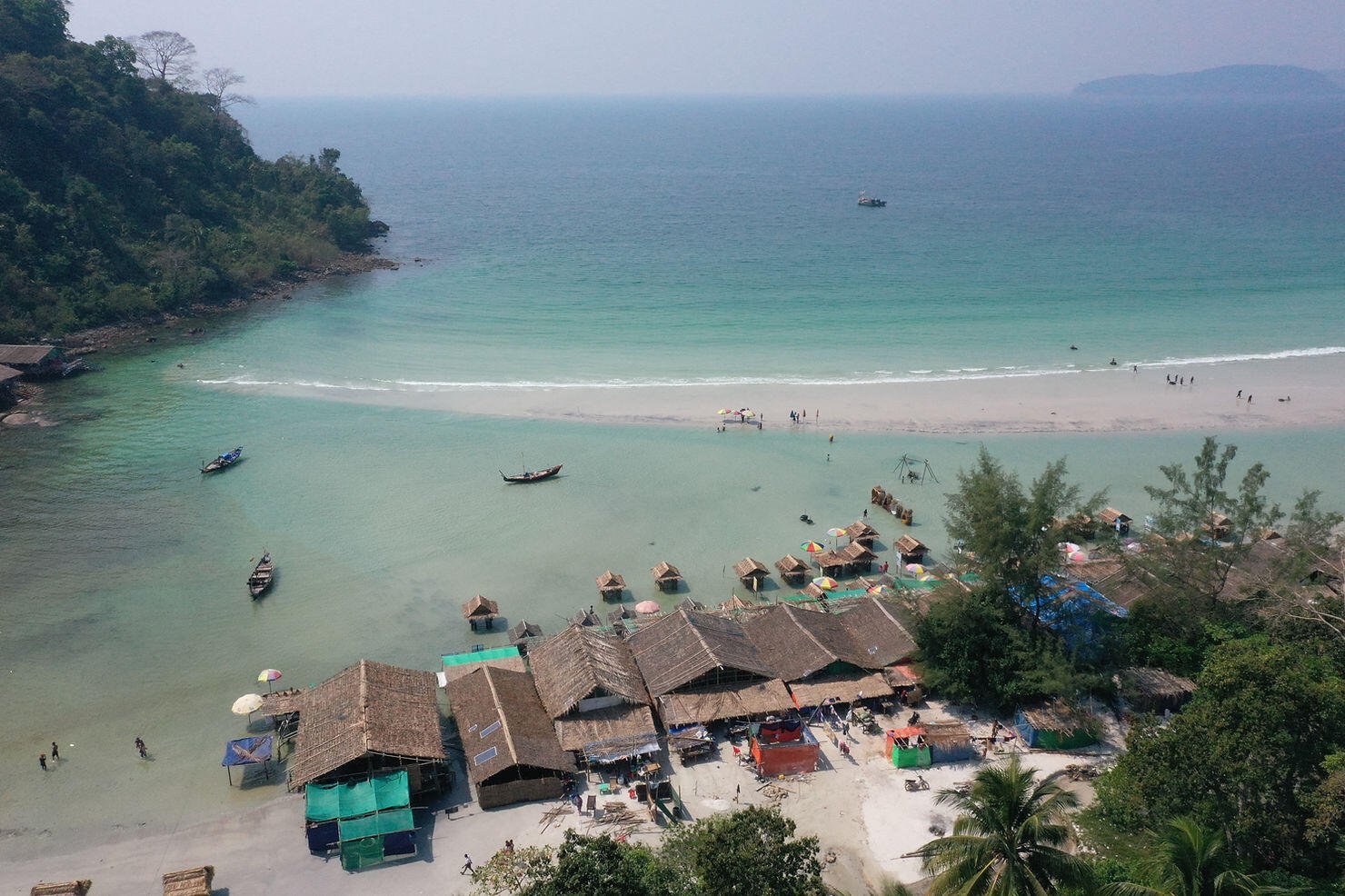
Grandfather Beach is one of the most striking beaches in Dawei and a popular spot for locals. Though it’s relatively well-visited, its size ensures it doesn’t feel overcrowded. The beach is a bit of a challenge to find, but the effort is worth it once you arrive.
Getting here requires about 3 hours on a motorbike from Dawei city, factoring in photo stops and meals along the way.
Map to Grandfather Beach:
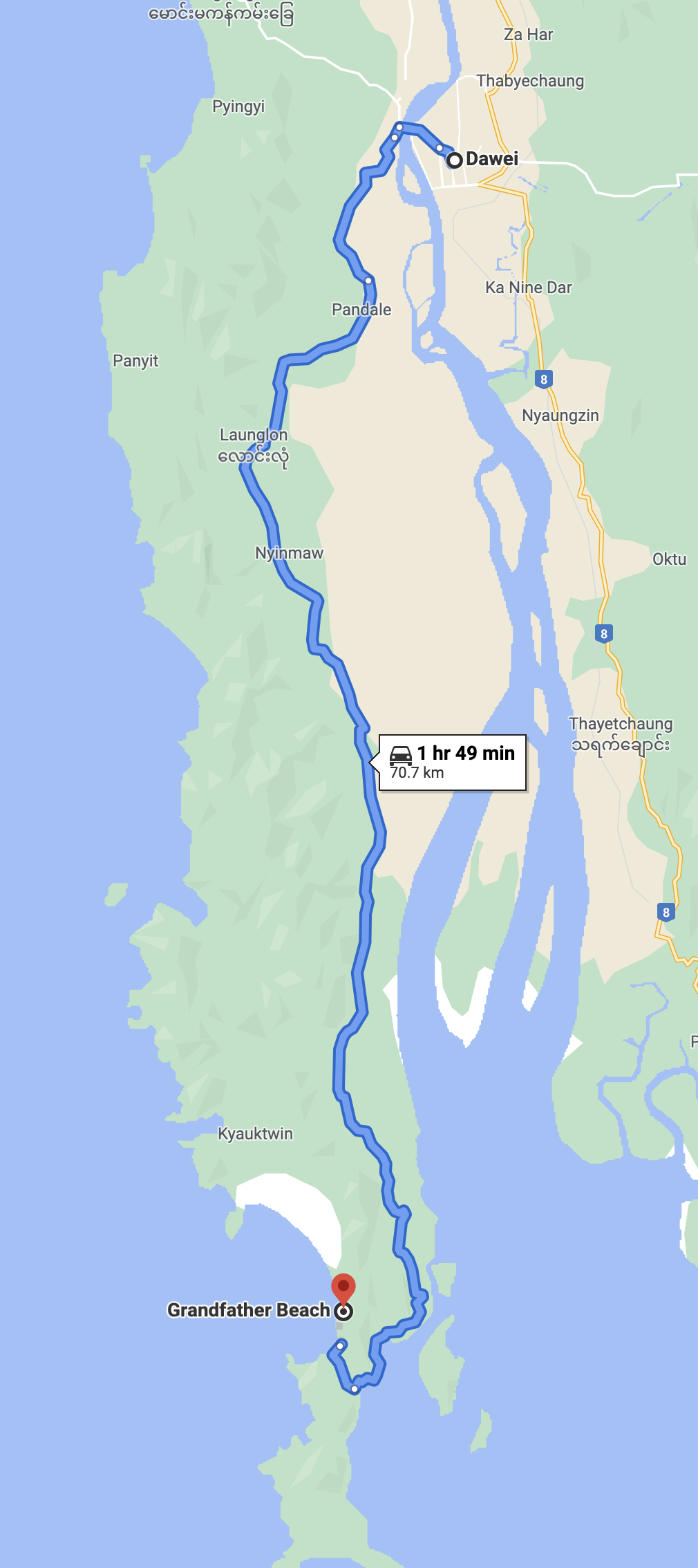
Directions:
To reach Grandfather Beach, head south from Dawei on the main road and continue down the peninsula for several hours. The route winds through jungle-covered terrain, and eventually, the road will cut across the peninsula, running parallel to the coastline. Once you crest a hill and spot the ocean below, you’re getting close.
Look for the town of Kyauk Wap Pyin at the base of the hill:
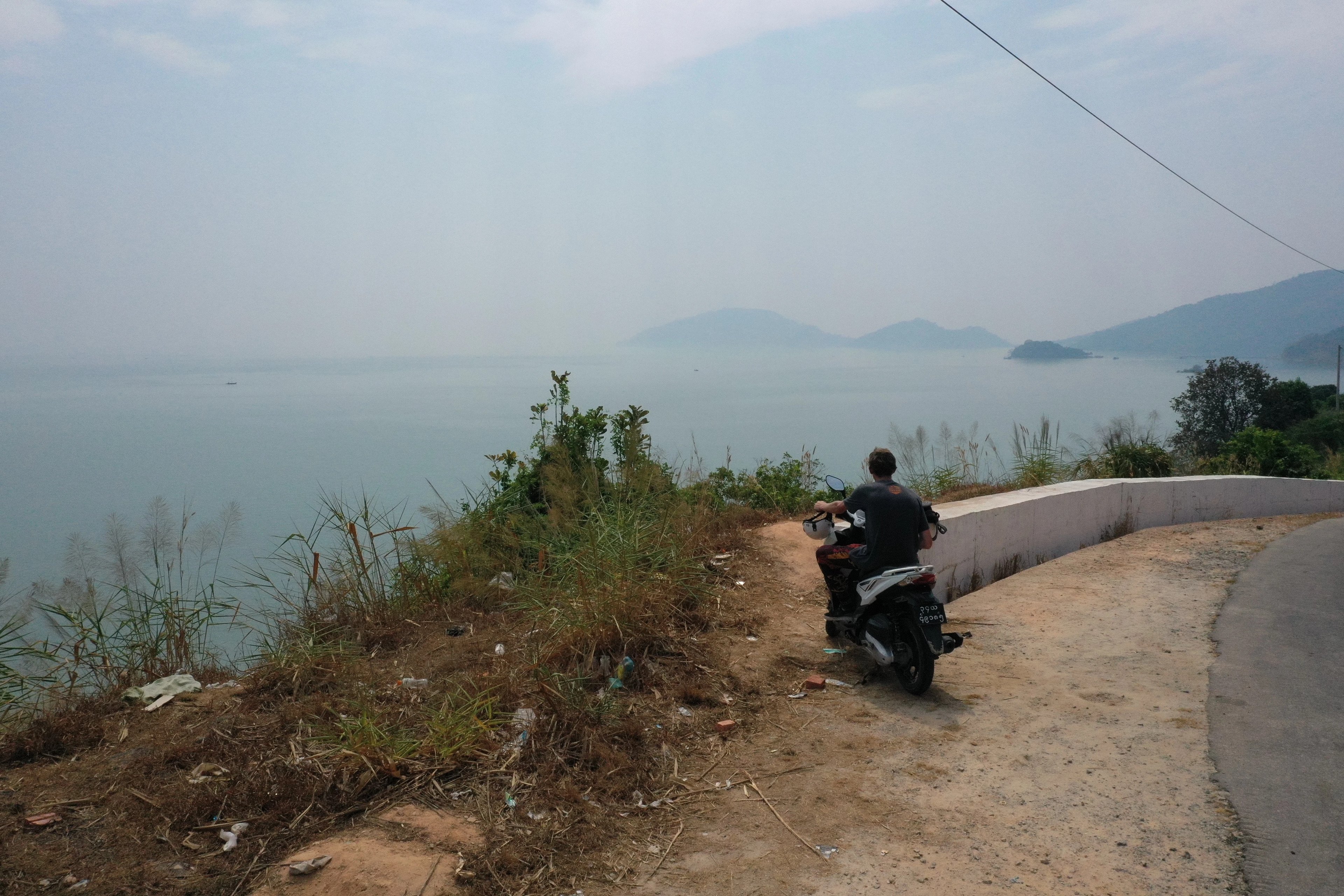
Once in Kyauk Wap Pyin, take a right from the east side of the land, heading west towards the ocean. There is really only one main road, so it shouldn't be too hard to spot. Follow the small road through the town for about 20 minutes.
The road will lead to a fishing village along the west coast that looks like this:
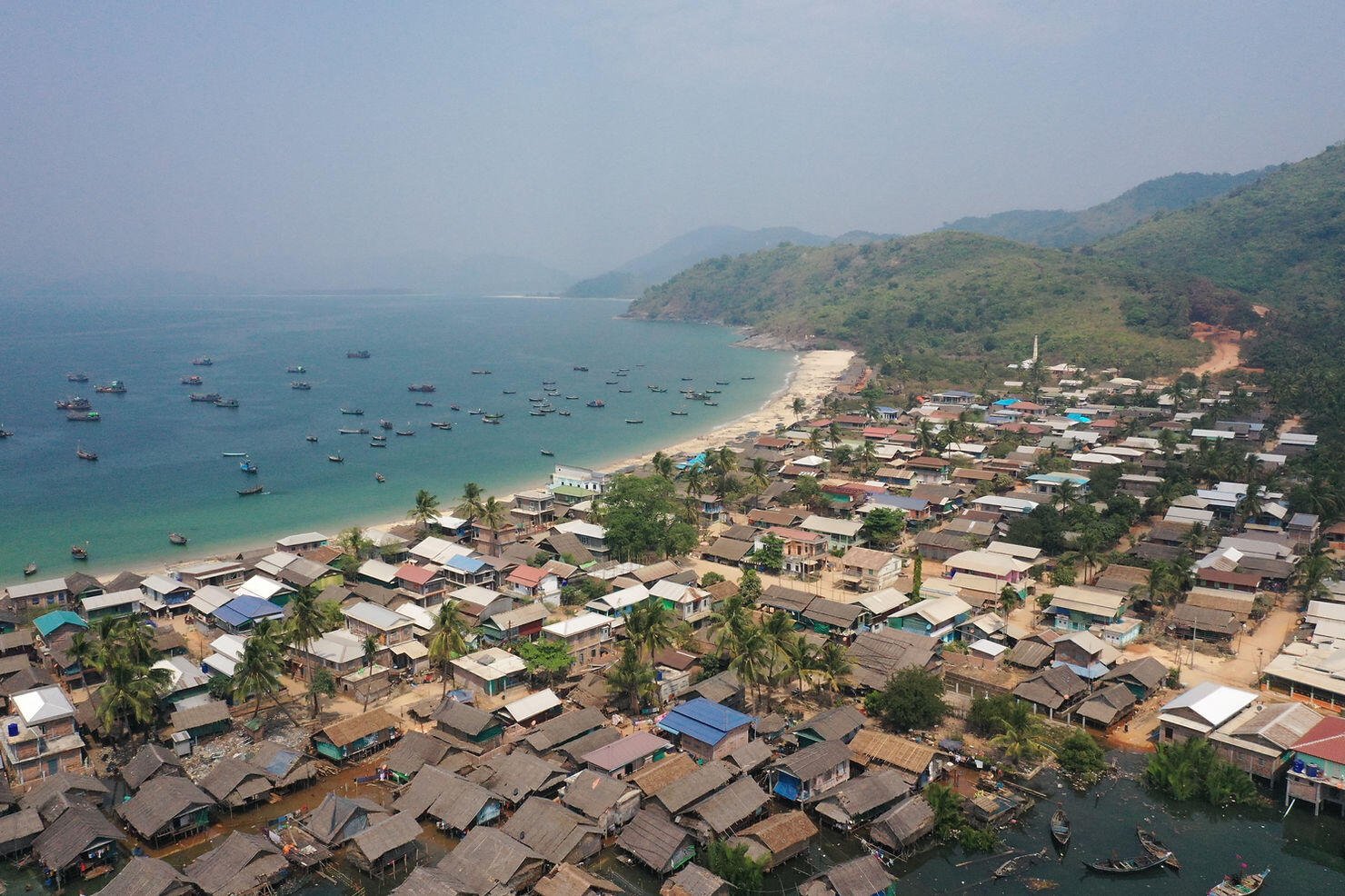
From the fishing village, look for the orange-dirt road leading to the beach. It’s steep, narrow, and a bit tricky to navigate, but a fun ride if you’re up for the adventure. The road is on the right-hand side as you face the sea from the village. You can see it in the image above.
Grandfather Beach is no stranger to daytime flooding, so if you arrive after noon, you may find yourself wading through waist-deep water from the parking area to the beach. Riding on the beach is only possible in the early morning before the tides rise.
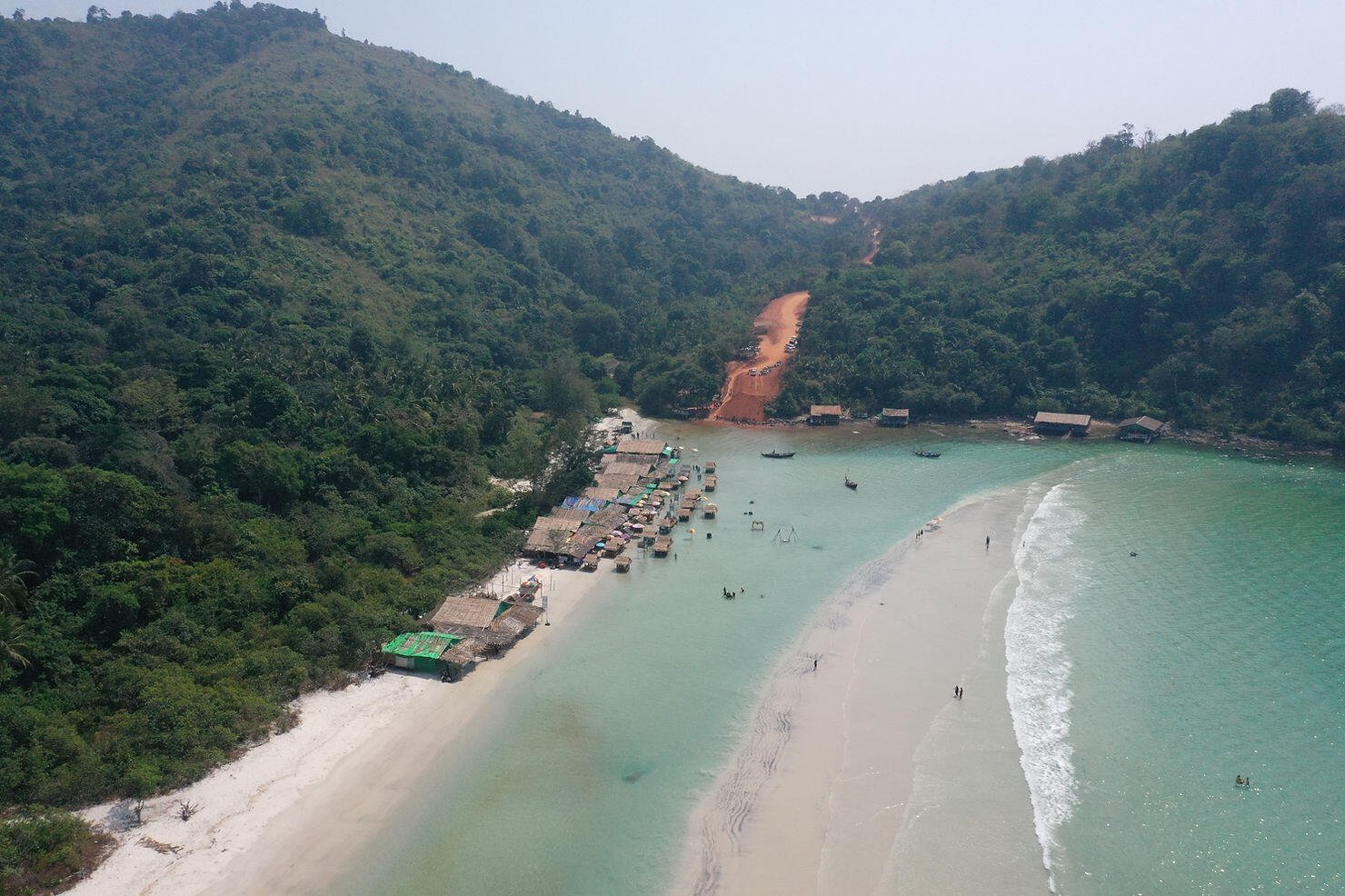
The flooding isn’t as troublesome as it might seem. The local restaurants are well adapted, elevated above the waterline, and offer swings set up perfectly above the waves. The sand at Grandfather Beach is the softest of all three beaches mentioned in this article, though it’s narrower and less pristine than Tizit.
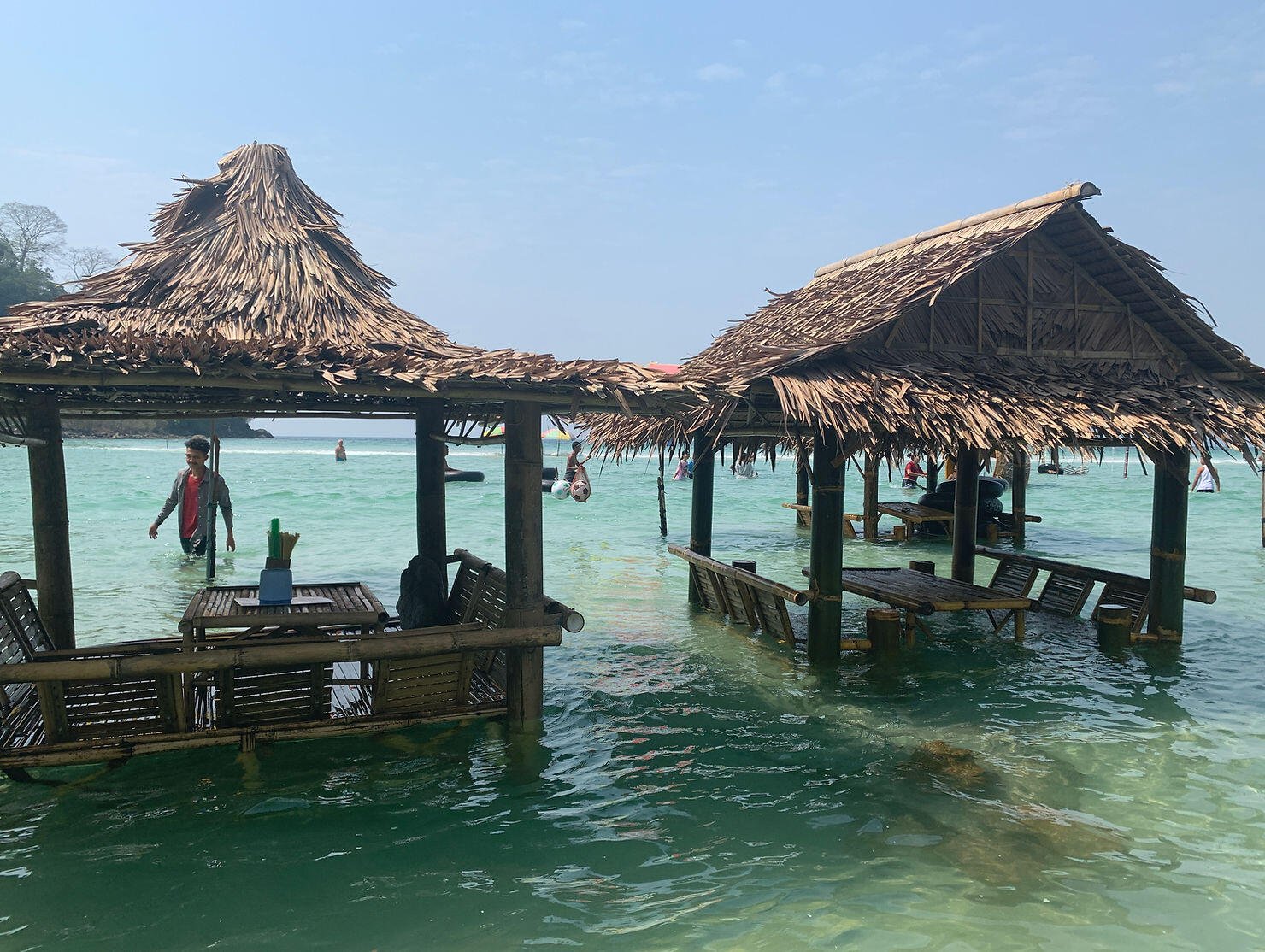
This beach sees more local visitors, so don’t expect a completely secluded experience. However, it does have the most infrastructure, with plenty of options for food and drink. If you plan to stay near Grandfather Beach, watching the sunset is highly recommended. Otherwise, the long and dark return journey to Dawei is best avoided.
To fully enjoy Grandfather Beach, plan for an entire day to soak in the scenery, relax, and make the most of your visit.
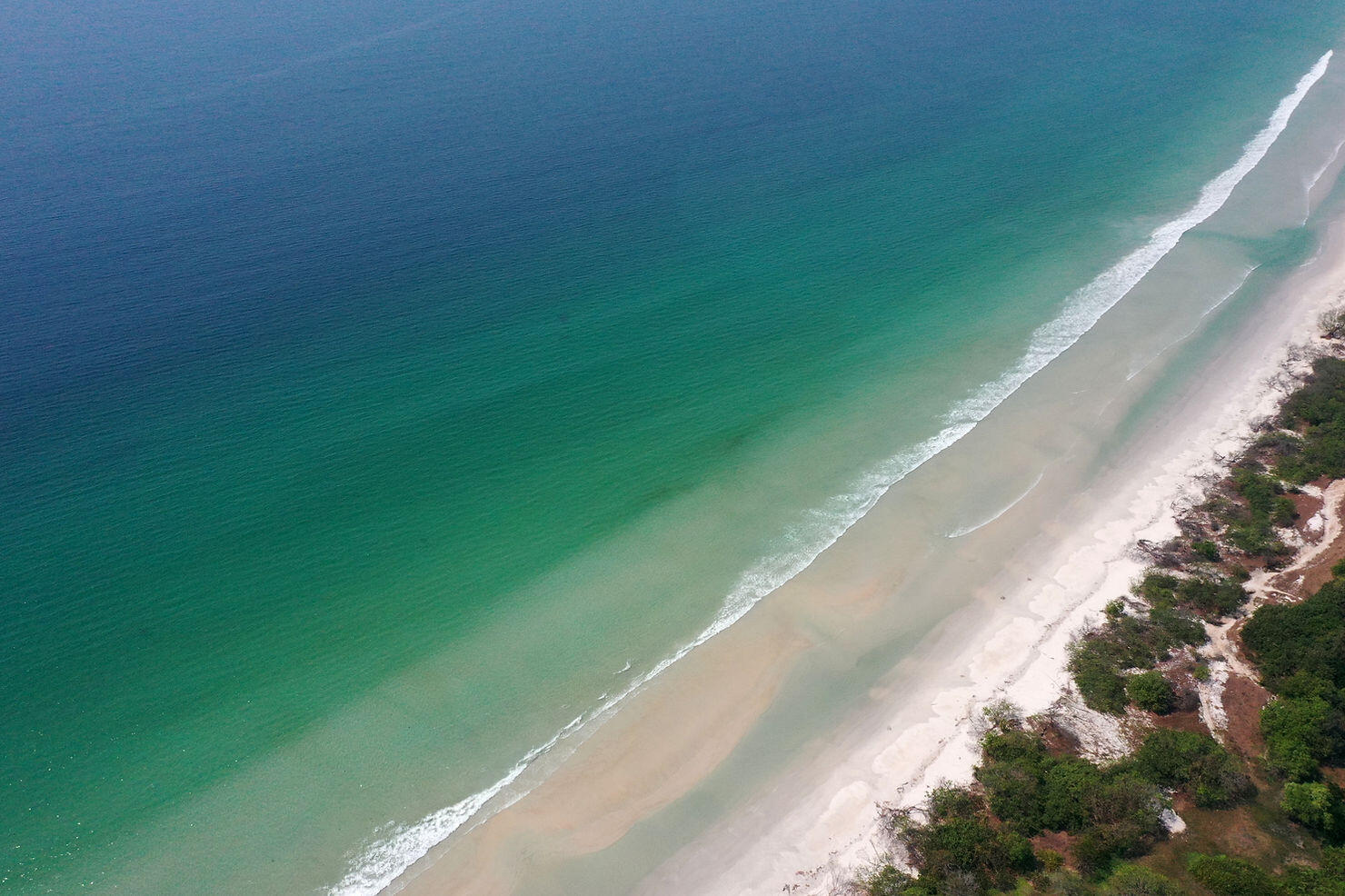
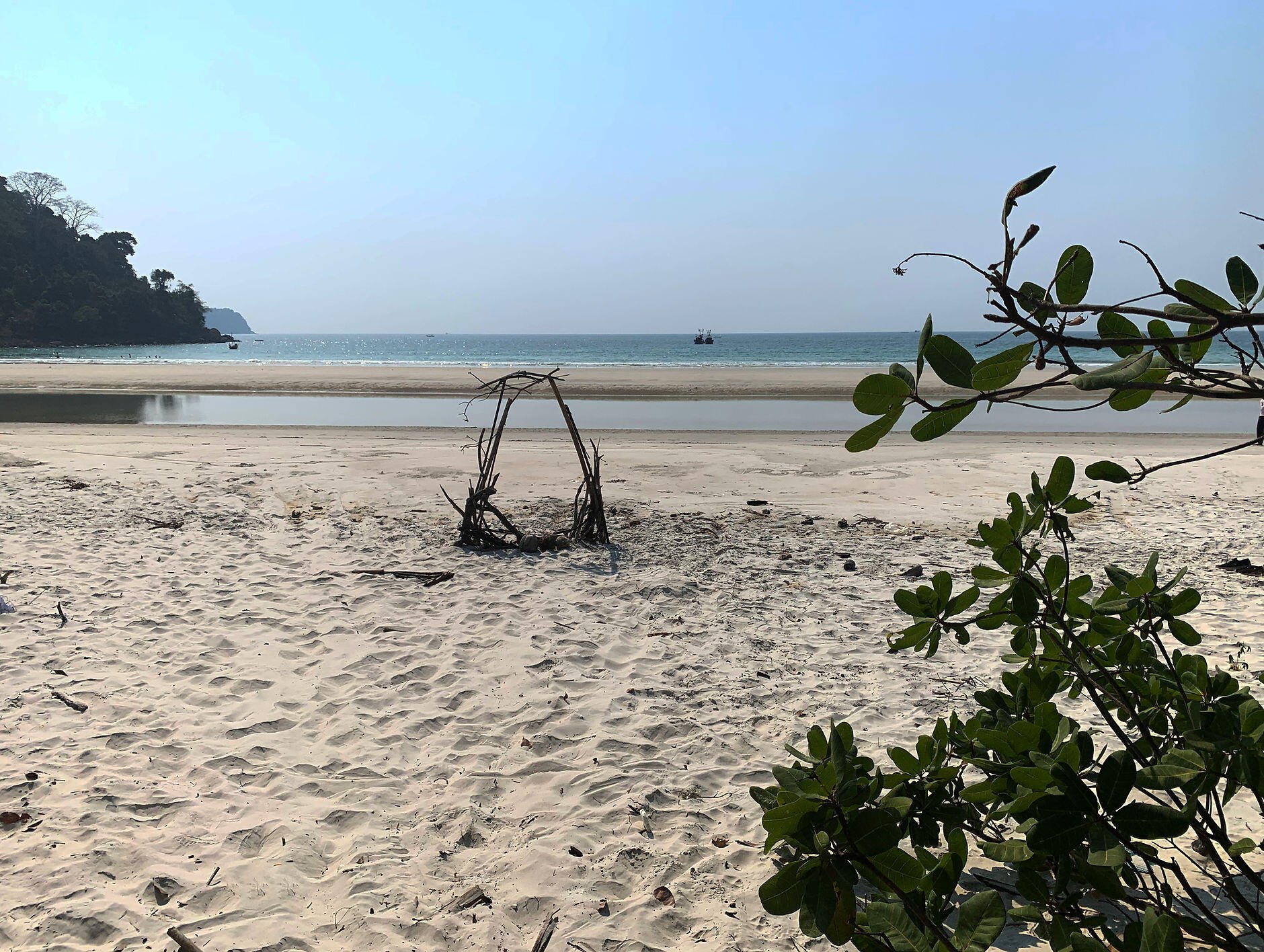
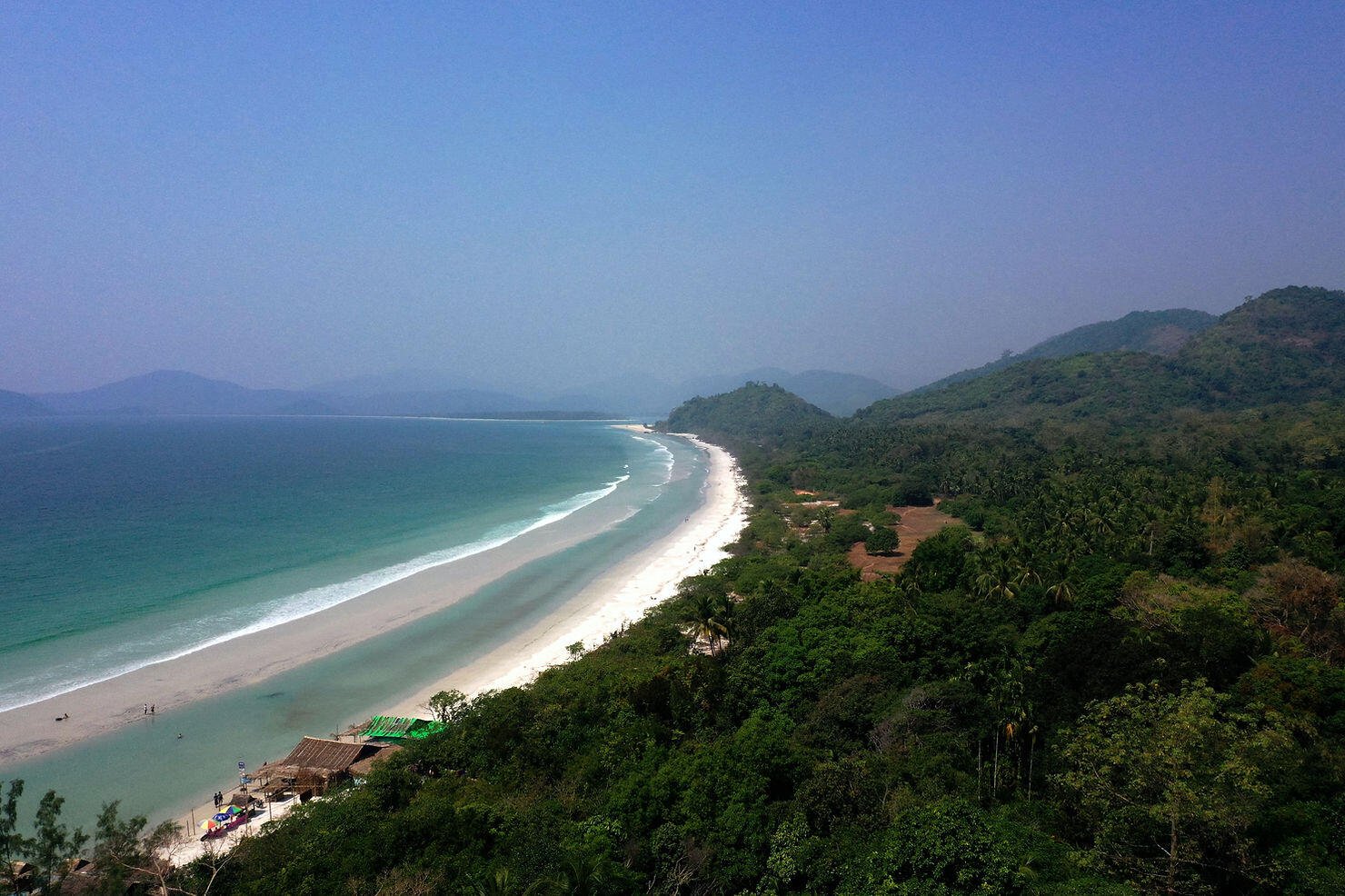
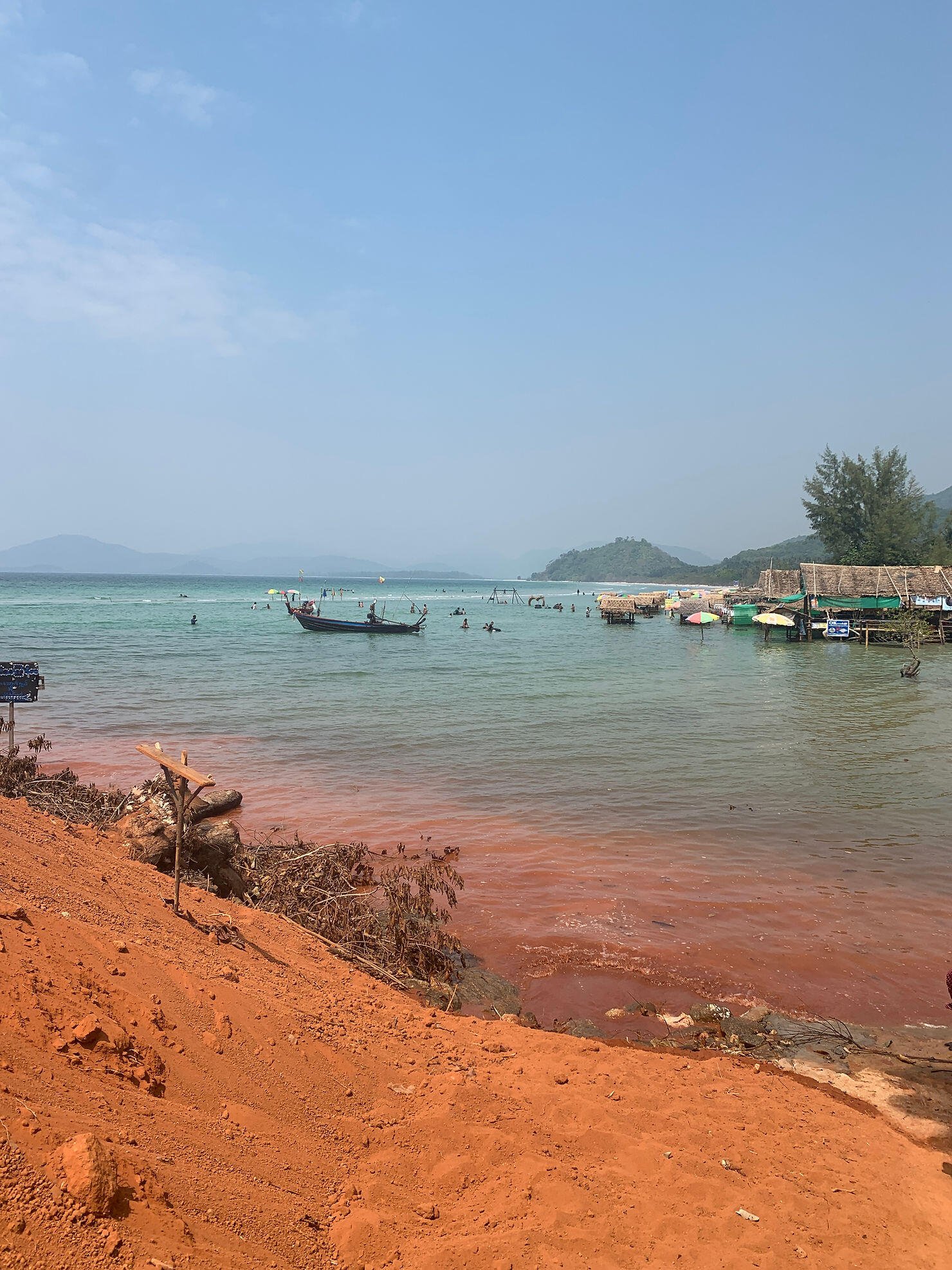
1: The Mergui Archipelago - An Unexplored Haven

This should come as no surprise to anyone familiar with Myeik: the hundreds of remote islands in the Mergui Archipelago truly stand out as the top destination for beaches in the region.
Had it not been for a spontaneous trip to Yangon without plans and a quick browse of satellite maps, I might never have discovered the sheer magnificence of the Mergui Archipelago. Information about this area is scarce, and tourism remains extremely limited. While many islands are off-limits, a few offer stunning private beaches that are accessible and worth visiting.
I was surprised to learn that many people I spoke to during my month in Myanmar had no idea these kinds of breathtaking islands existed. I feel a strong sense of responsibility to share this hidden gem with others, encouraging them to experience it firsthand. The best way to explore is through island-hopping tours from Myeik city. Tours vary in length and cost, ranging from a couple of hundred dollars for 2-3 day trips to thousands for longer yacht expeditions. Most tours include food, tents, and drinks, but always confirm these details with the booking agency.

During my five days in the Archipelago, I encountered only three other foreign tourists. The guide mentioned that many of the islands we visited had only been seen by a few hundred foreigners at most. The isolation of the region was so profound that even some of my Burmese friends weren’t aware of its existence.
At times, I felt a bit intrusive, considering how little tourism has reached this remote paradise. However, the welcoming nature of the islanders, who live off the sea and have no contact with the tour guides, made the experience all the more genuine.
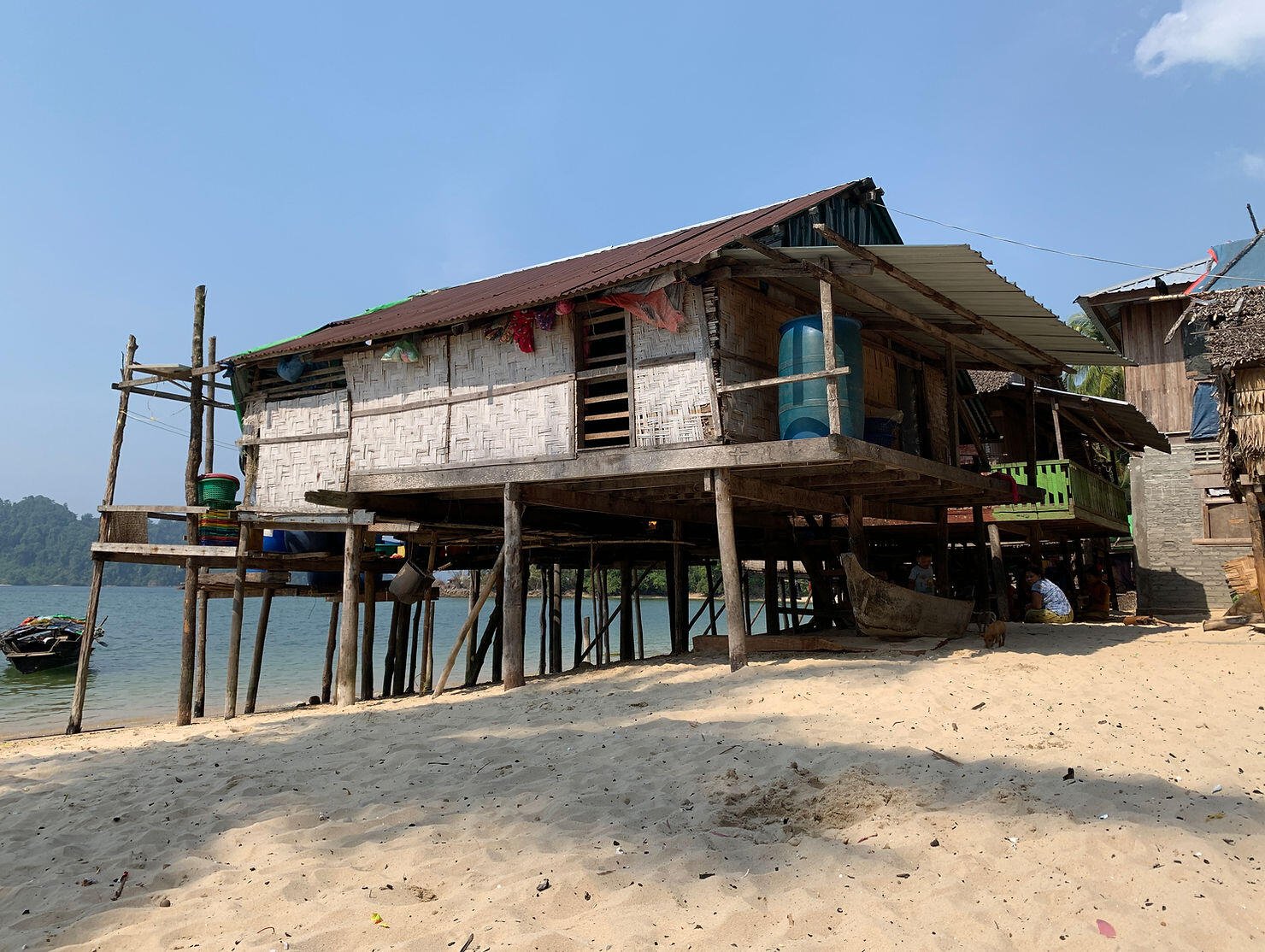
One memorable moment was camping on an island where I shared the night with only the island caretaker and his ten puppies. Each day, we were taken by boat to explore nearby islands, enjoying swimming, beach time, and snorkeling before returning to the campsite. For certified SCUBA divers, this area is a dream—home to impressive coral reefs and diverse marine life.
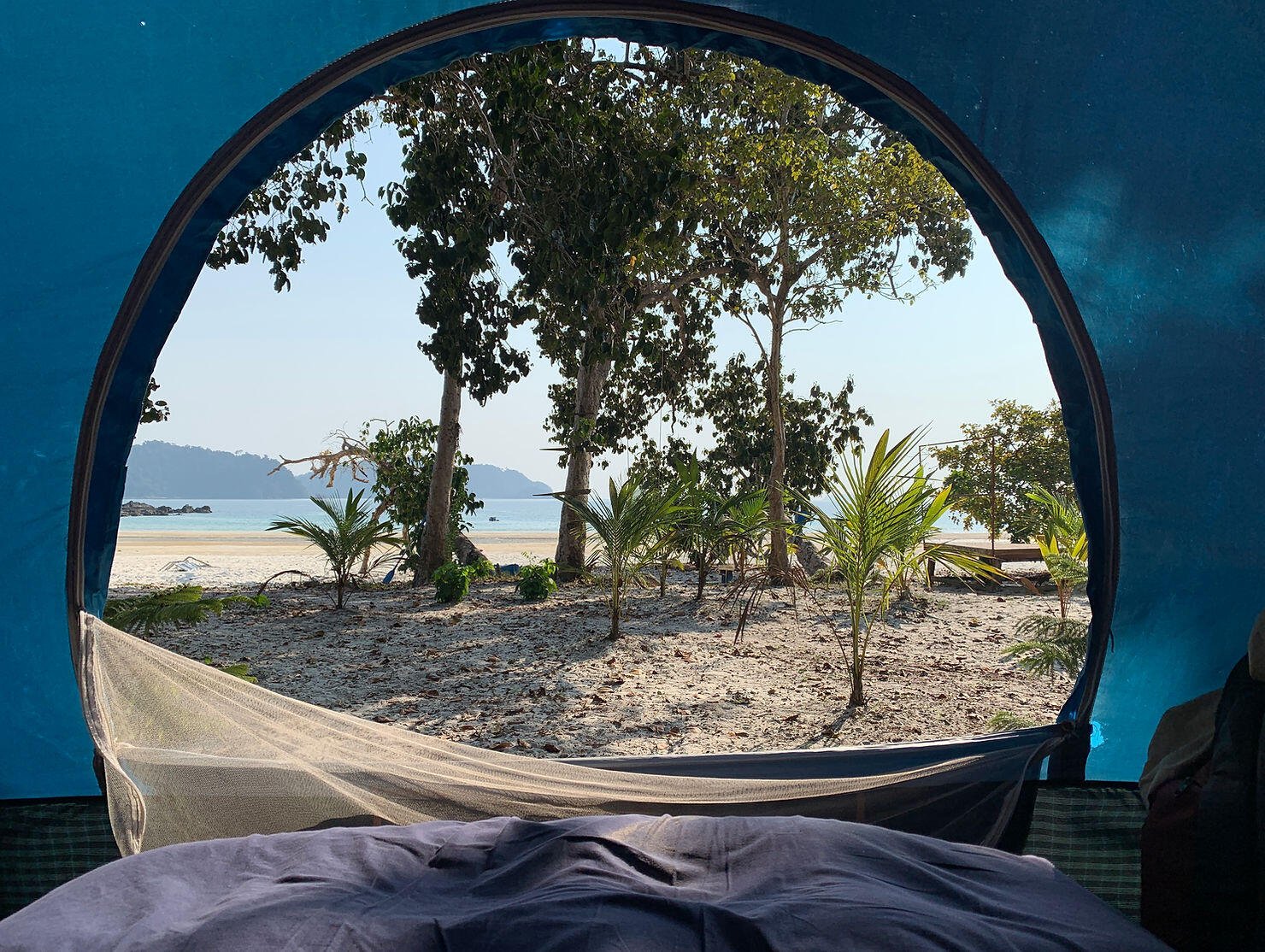
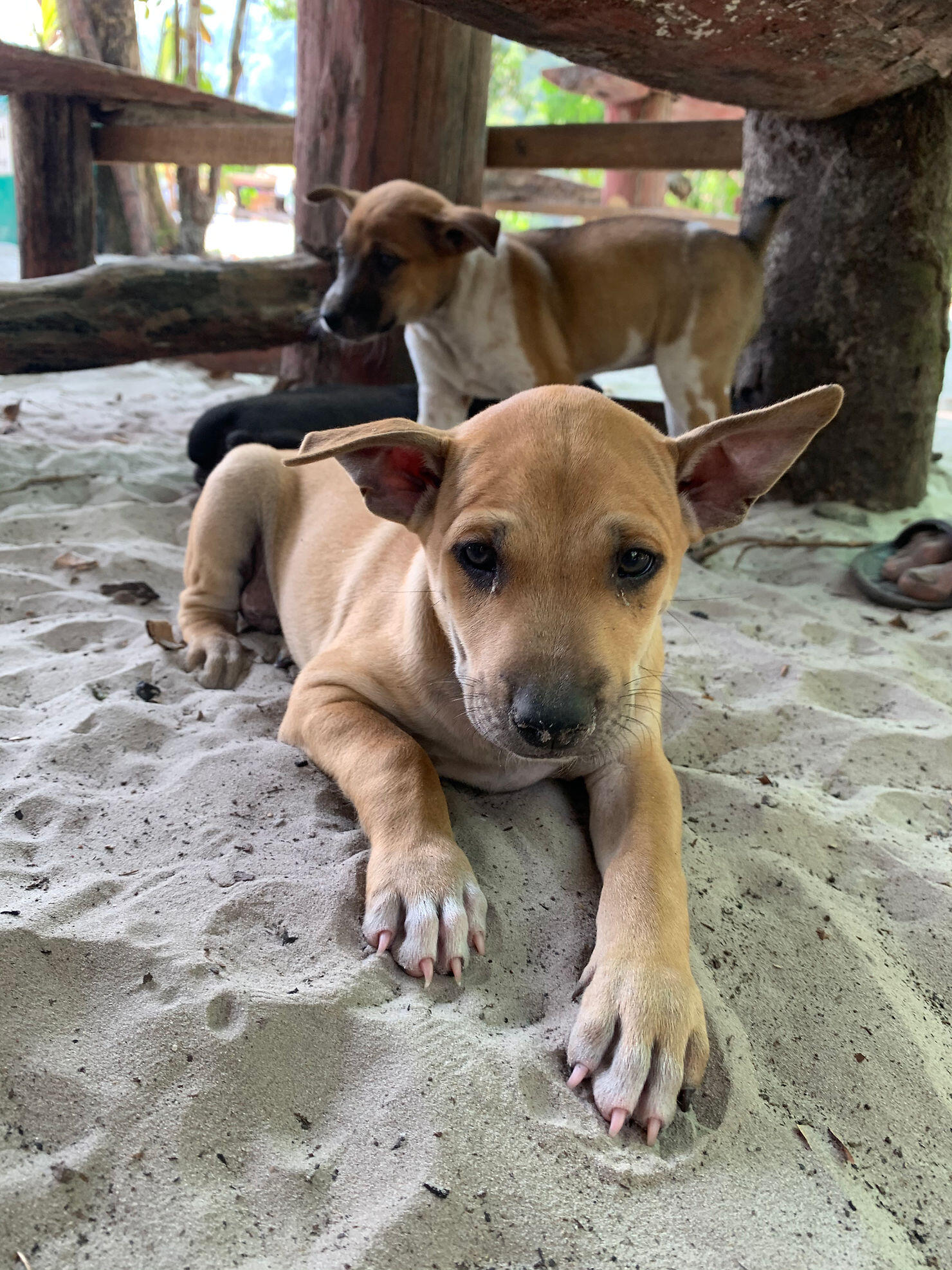

The surreal feeling of being in such an untouched place is hard to describe. Knowing this is one of the few remaining uncharted areas on earth makes the experience truly unforgettable. If you’re planning a trip to Asia, the Mergui Archipelago should absolutely be at the top of your list.
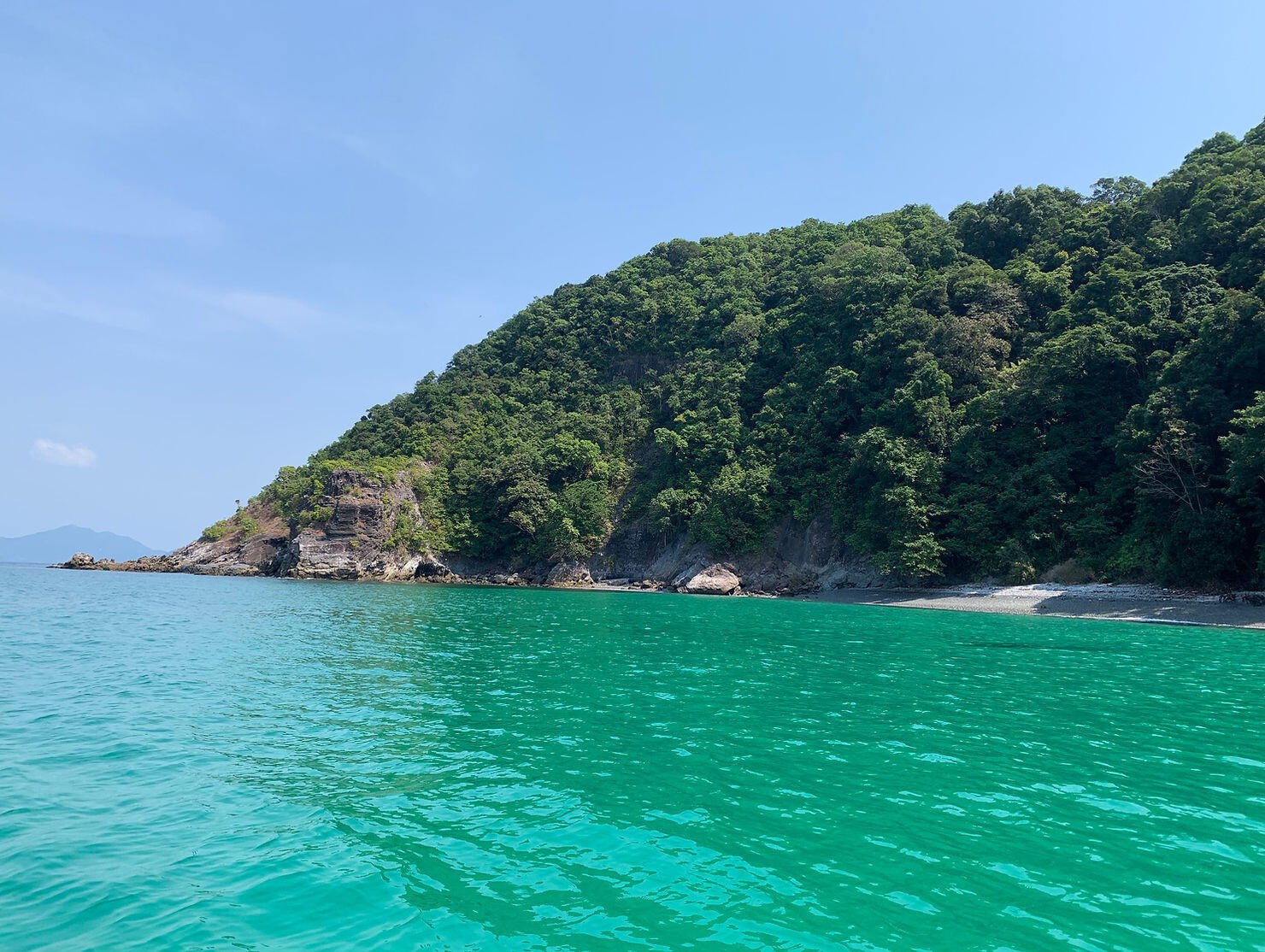
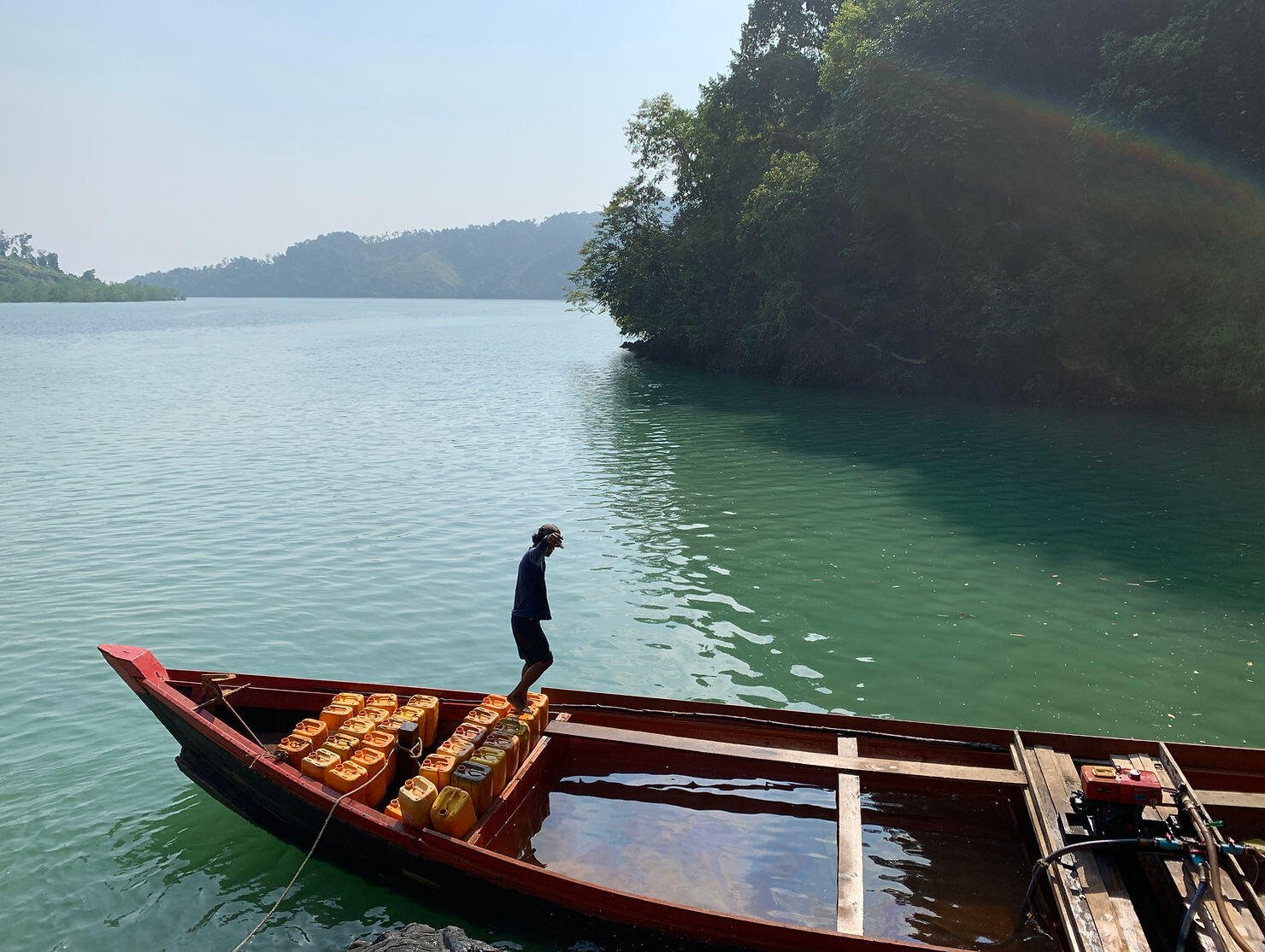

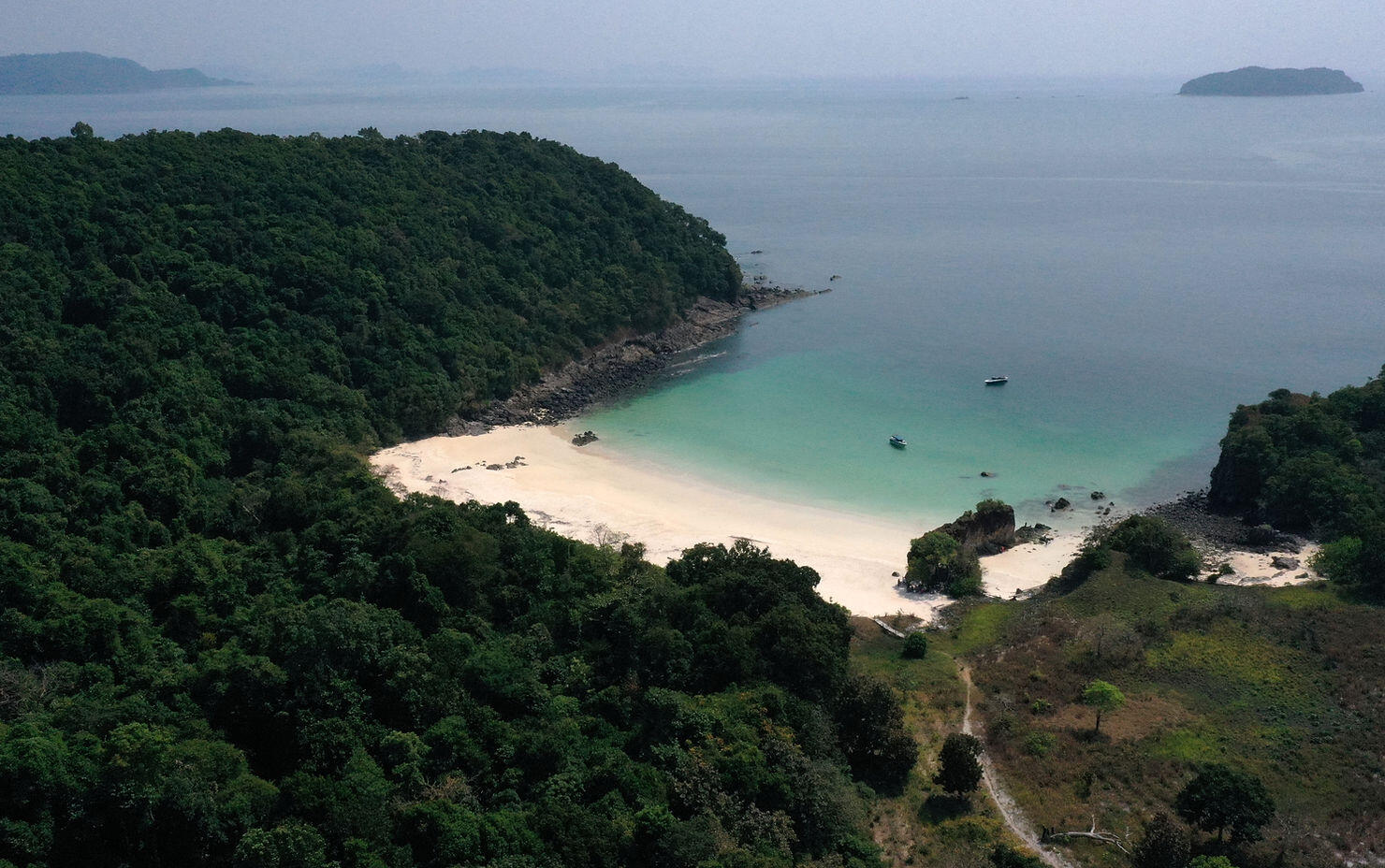
Closing Remarks
Myanmar is truly a remarkable country, with a rich and complex history. The people I met were some of the friendliest and most optimistic I’ve encountered, despite the challenges they’ve faced. While this guide highlights some of the stunning beaches, my main aim is for every visitor to connect with the locals on a deeper level. They have incredible stories to share, and I’ve made friendships that will last a lifetime.
Traveling through Myanmar offers much more than just beautiful landscapes and serene beaches— it’s an opportunity to understand and appreciate the resilience and warmth of its people. I hope that everyone who visits Myanmar will take the time to sit down, listen, and engage with the locals.
Enjoy your journey.
— Hes
Originally published May 7, 2021 by Hes. Re-uploaded to Nostr on 1/14/2024. Re-edited 1/4/2025 with new Nostr friendly media links.

